Mount Takao
Seeking Japan's mountain spirits.
Photo essay by Lucy Saunders.
The climb up Mount Takao offered a beautiful escape from the 36 degree heat of Tokyo (when people say summer in Japan can be humid, they're not lying) and the surrounding trees (illuminated as they were by dappled sunlight) provided welcome patches of shade. That said, even at this height the heat was blistering - which no doubt played a part in making the mountainside appear entirely isolated. It felt peaceful, almost timeless. There was a quietness that felt worlds away from the bustling city I had left only hours before.
I saw in the distance, swooping in the trees, a swish of white, like some mountain spirit celebrating the sun. Bug catchers were dancing around the tree trunks with their nets, sliding down the steep mountain slopes or clinging to branches as if it were second nature. I watched them for hours, enthralled by their agility, and they paused to show me their collections - beetles, butterflies, cicadas and moths presented in carefully selected boxes, handled with the upmost care.


There was something particularly beautiful about being in such a treasured, spiritual place and watching locals move through the setting as if it were entirely their own. Everyone I spoke to seemed to know one tree species from another, the name of each insect, where they sleep and exactly how to hold and care for them. They were also careful to ensure that they gave something back to the land each time it was kind enough to bestow a treasure upon them. Shrines and temples were found along my walk up Mount Takao and at each you could stop to pray - following the advice of smiling locals - taking part in an ancient Shinto practice that felt as old as these mountains.


Shintoism is Japan's indigenous religion - one that, rather than following a set ruler or doctrine, focuses on the concepts of purity and respect. There is a deep admiration for nature and its power, with the natural world being the domain of kami, deities that can take almost any form and add a sense of order to our somewhat chaotic world. They may be in a tree, stream or the mist itself.


These spirits watch over the humans of the city below, as they always have. And although it may seem to be a strange concept at first, when you sit and embrace these surroundings you can't help but sense that nature is somehow watching out for you. Being in a natural location this powerful had a very interesting effect. You come to appreciate your place in the world anew. Indeed, even when I descended Mount Takao and returned to the man-made brilliance of Tokyo I couldn't help but notice little pockets of natural beauty and, pausing to acknowledge their power, found that Japan felt more and more like home.
You can see more of Lucy's work on her website: www.lucy-janephotography.com or over on Instagram @lucyjanesaunders.



Paradise Found
When the winds stir up and clouds descend, it is an island that offers sanctuary - among other deep-sea and earthy delights . . .
When the winds stir up and clouds descend, it is an island that offers sanctuary - among other deep-sea and earthy delights.
Words & Photographs by Lucy Howard-Taylor
702 kilometres northeast of Sydney, at the intersection of five ocean currents and a submerged continental rib, thrusts forth the remains of an ancient shield volcano. Eroded over seven million years to one fortieth of its original size, Lord Howe Island rises like a wind-shorn jewel from the waters of the Tasman Sea; eleven kilometres long by as little as three hundred metres wide, a vibrant blue-green, its twin peaks capped in cloud. From the sky, the island almost looks like the mossed jawbone of some long-extinct creature given up by the sea.

It may be less than a two hour flight from the crush of Sydney, but the moment you step from the Dash-8 onto the tarmac of Lord Howe’s only airstrip, there is a palpable sense of remoteness. There is no mobile reception on the island and no traffic lights (with next to no cars, bicycles silently reign supreme), but the lack of modern conveniences one might mistake for essential cannot wholly account for the subtle separation felt upon arriving in this UNESCO World Heritage listed property. It is disarmingly beautiful, in an unruly, enveloping way that robs you of words. But there is a strangeness to this wilderness too, with its opalescent lagoon fringed with coral, its deep green canopies of kentia palms, cowrie-studded beaches and panoply of birds.

Travelling in the middle of winter to a subtropical island and the world’s southernmost coral reef may seem perverse, but Lord Howe wore its wild weather hat well. On the tarmac I was left breathless by a brisk wind that tasted of salt and wet leaves. In bed that first night, with large fronds bashing each other outside my window, the roar of the trade winds was almost animal. During the day rain rolled in with no warning and cleared just as suddenly, leaving everything glistening. A wind cheater was essential, and should you go out at night, a torch: there are no streetlights here and the inky completeness of the darkness, broken by a milky wash of stars, took this city dweller by surprise. First things first, hire a bike, even if like me you cannot ride one. With only 360 permanent residents, a maximum of 400 tourists at any one time and 13 kilometres of undulating scenic road, there is ample opportunity for a novice to practice unobserved. Pack a picnic and ride to the preternaturally still and secluded Old Settlement Beach, where three men, three women and two boys came to live in 1833, trading with passing vessels. Or pop over to Ned’s Beach where you can snorkel among fantastically coloured coral gardens (there is an honesty box for hiring gear), or wade closer to shore and hand-feed swarms of tropical fish with names like Silver Drummer and Spangled Emperor. At dusk, throngs of muttonbirds return to their burrows in the low-lying palm forests nearby. As sunset arrives, their distinctive, searching cries can approach an almost human wailing.
These pristine waters host some of the best diving in the world, with an unearthly sunken landscape of volcanic drop-offs, trenches and caves lined with black coral trees, branching gorgonians and over 90 varieties of luxuriant subtropical coral. For those for whom the prospect of coming face to face with the blue teeth of a Harlequin Tuskfish in an underwater canyon sounds vaguely terrifying, you can charter a glass-bottomed boat instead and enjoy the spectacle dry and unmolested from the crystalline surface of the lagoon.

At the southernmost end of Lagoon Road is the start of the Little Island Track, which follows the shoreline to the black basalt cliffs of Mount Lidgbird. Lord Howe is a walker’s delight and this marked and level track meanders its way past picturesque Lovers Bay and through thickly crowded valleys of soughing kentia palms (keep your eyes peeled and you might see a native woodhen grunting happily in the shadows), to the base of the mountain and its stony shores of calcarenite and dark sea-sculpted rocks. Here, especially between March and October, you will see wheeling clouds of one of the world’s rarest seabirds, Providence petrels, diving over the cliffs as they chatter and return to breed. For the more energetically inclined walker, a climb to the scrubby top of Malabar Hill leads to one of the best views of the island and a dramatic scraggy drop to the sea. Alternatively, sign up for the famous day hike to the summit of Mount Gower, where you will find yourself among the twisted trees and inveterate mist of what the New South Wales Office of Environment and Heritage actually designates as Gnarled Mossy Cloud Forest, which sounds more enchanted than ecological.

Enchantment is a recurring theme here. As the days pass, I discover that there is something about this island that is both calming and unexpectedly foreign, a wandering otherness that finds its way in on the throats of seabirds and endows plants with a luminous variety of green. The natural landscape is not only astonishingly lush - isolation, topographic peculiarity and igneous soils have spawned a paradise of ferns, palms, orchids and microhabitats - but feels unusually ancient, almost untouchable. Nowhere is this impression more powerful than in the broody Valley of the Shadows, where 20 metre high trees mottle the light. To stand alone amid this silent grove of banyans, their aerial roots muscling to the ground like the suspended legs of giants, is to realise the difference that is Lord Howe Island. It is to approach the primeval and be at home amongst the extraordinary.
From Lodestars Anthology Issue 3, Australia
[ecwid_product id="64214991" display="picture title price options qty addtobag" version="2" show_border="1" show_price_on_button="0" center_align="1"]
Lodestars Anthology Japan
Introducing the latest addition to the Lodestars Anthology travelling family ... Japan! This issue has now sold out.
Journey to Japan and discover a land of tea and tropics, wabi-sabi and wonder. A place where symbolism abounds and nothing is without purpose. For here you’ll find an ancient and powerful landscape that has shaped history yet still dictates the rhythms of modern life. There are illuminated capitals and pockets of untouched wilderness, both marked by a deep sense of spirituality. Art flourishes, design inspires and others come first. May the light never dim on the Land of the Rising Sun.
None is travelling
Here along this way but I
This autumn evening
Matsuo Bashō
In Iceland - the Water and the Sky
Photographs by Tom Bunning In winter our thoughts turn to candlelit rooms and warming fires. But Tom Bunning's photography reminds us that the cold comes in many guises and draws our gaze to Icelandic landscapes - the waterfalls, the birds wheeling under eggshell blue skies and the endless snowbound vistas. Be warned though, if you venture out into the cold, you may not come back again...
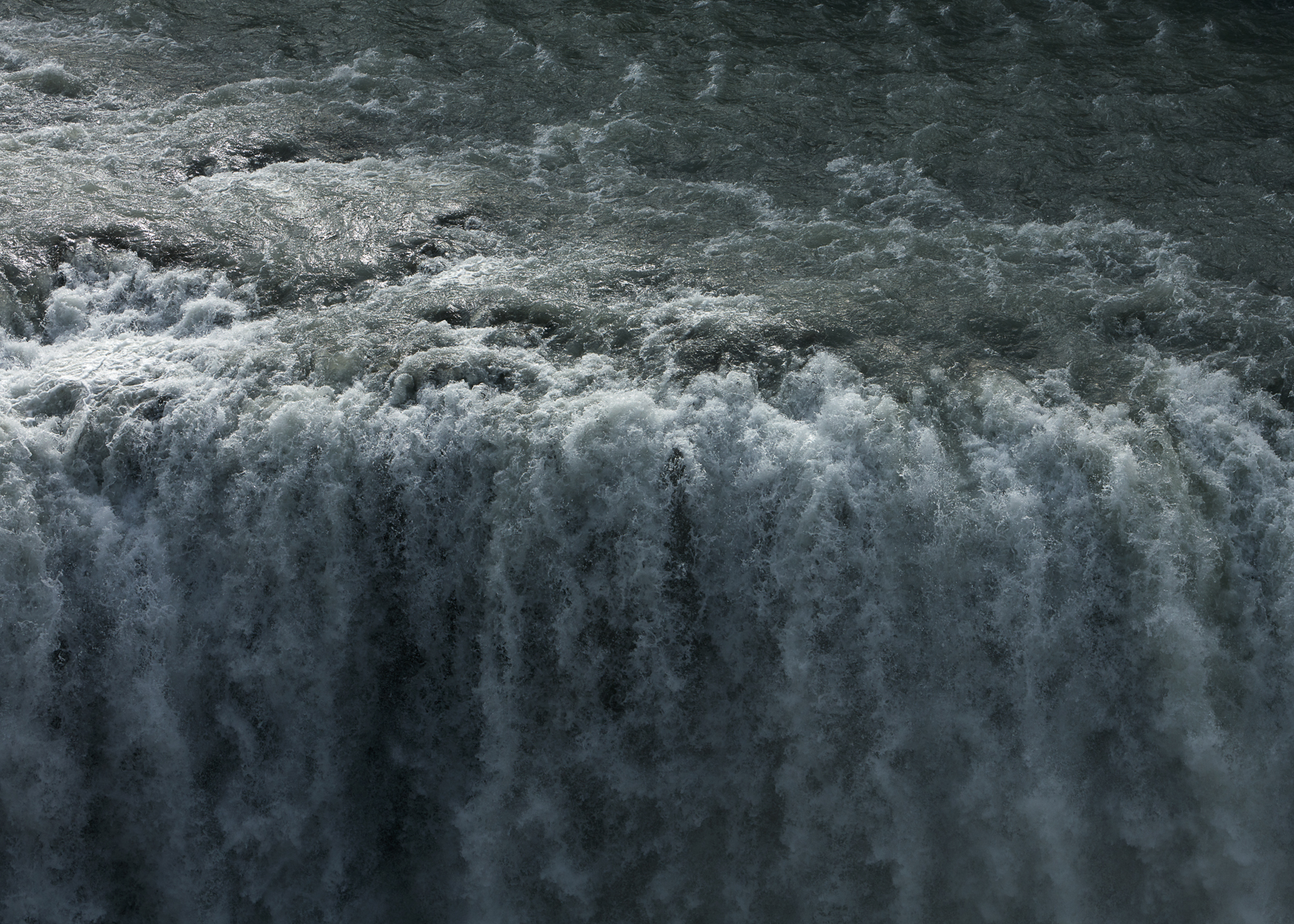
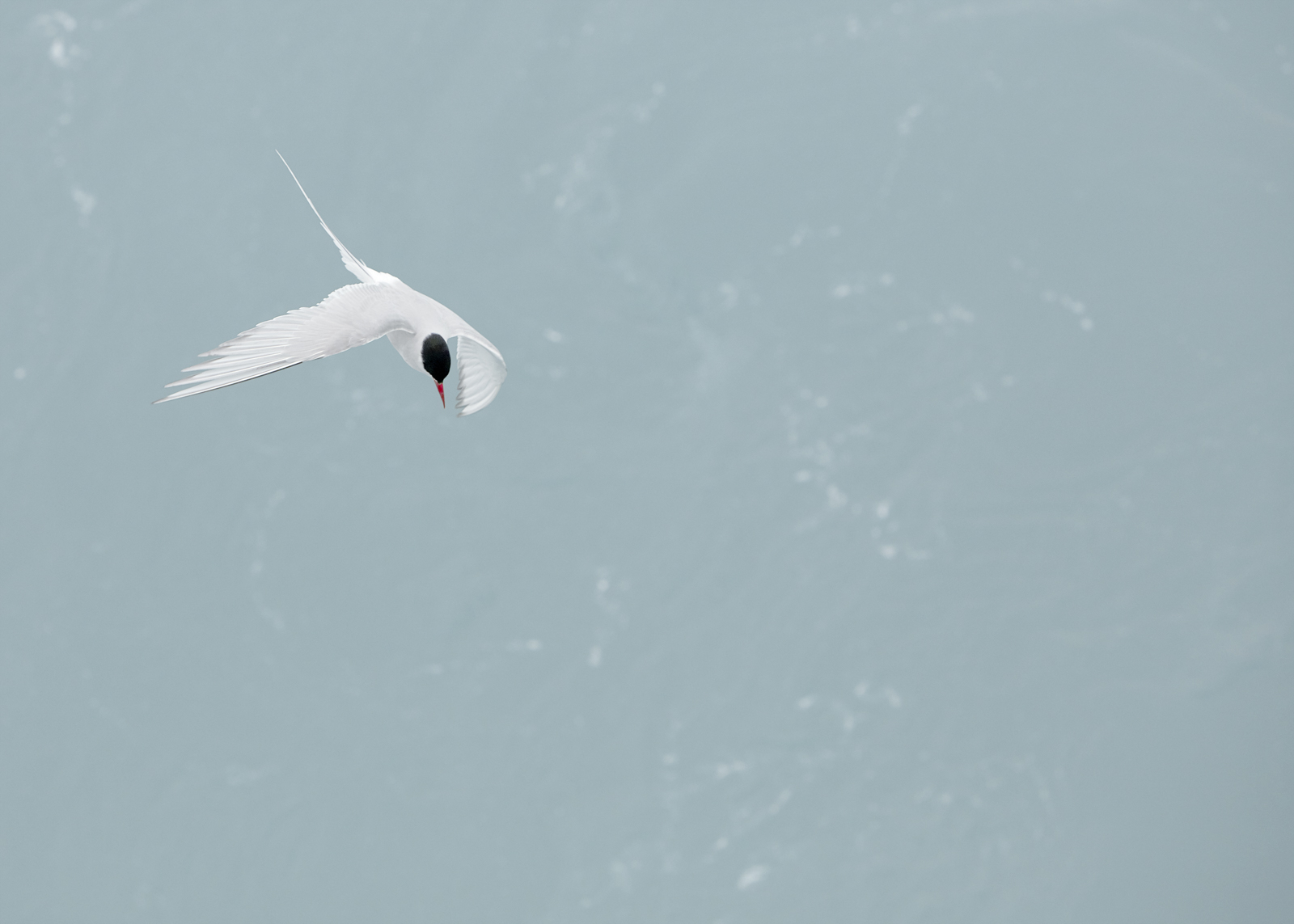
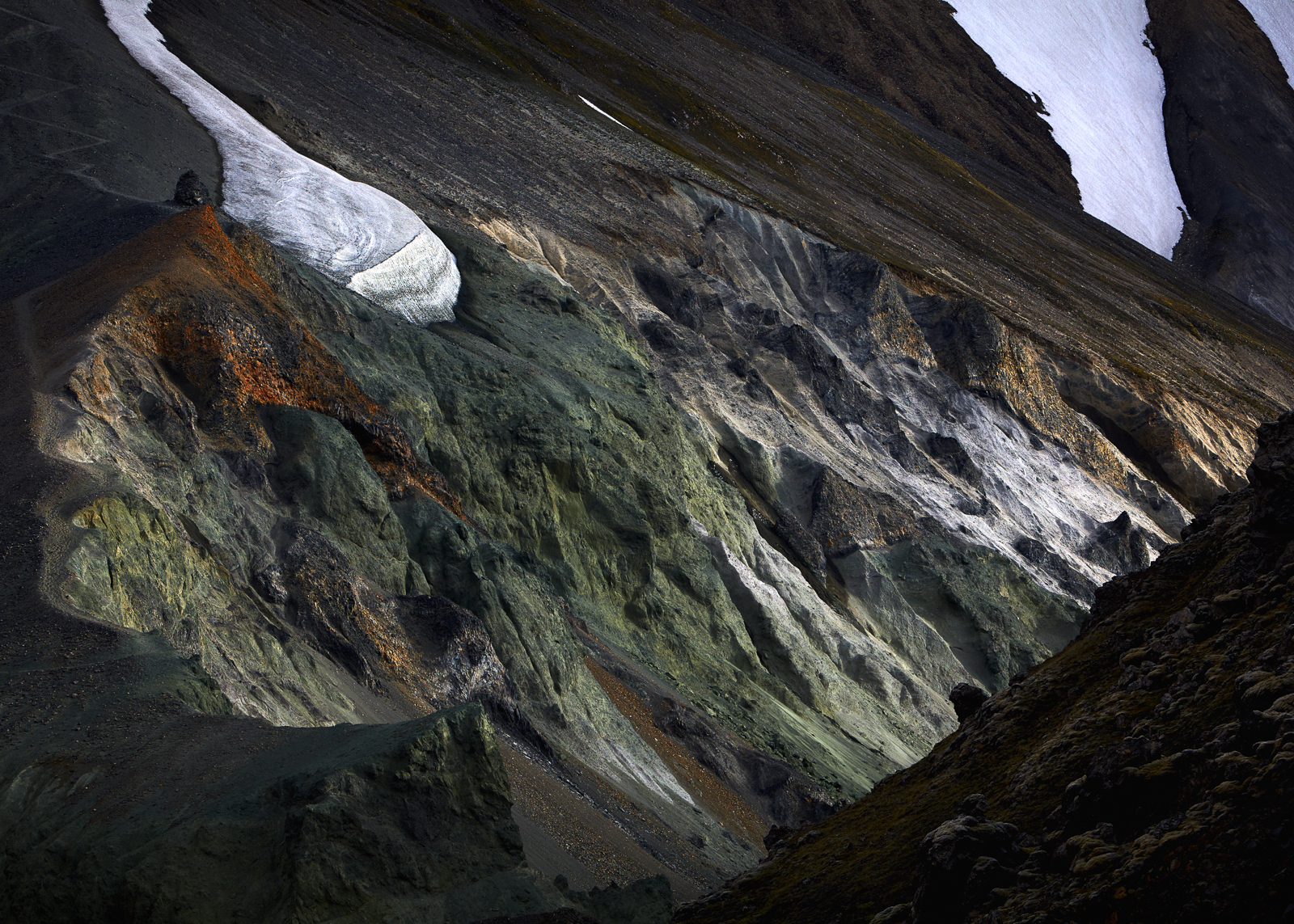
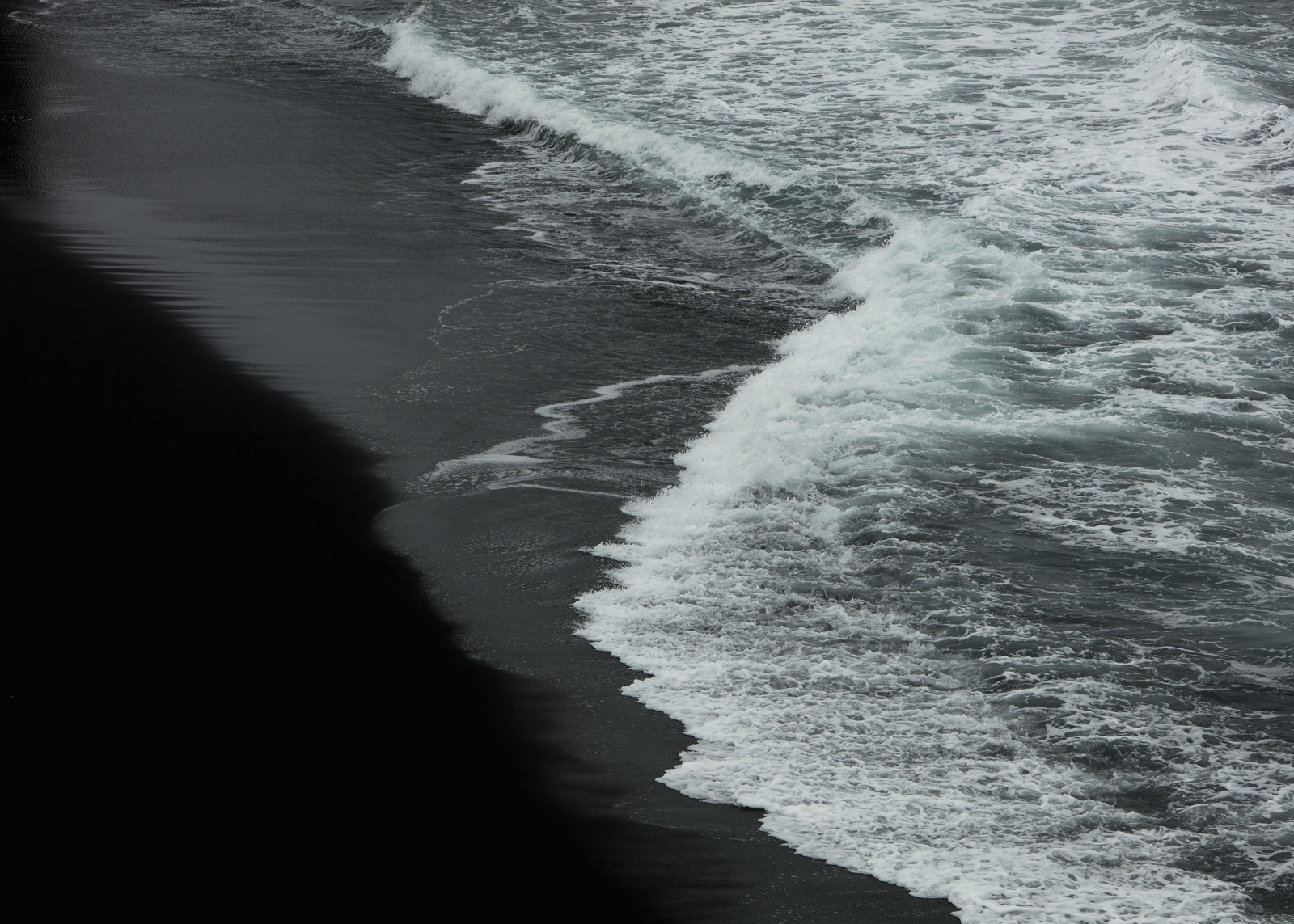

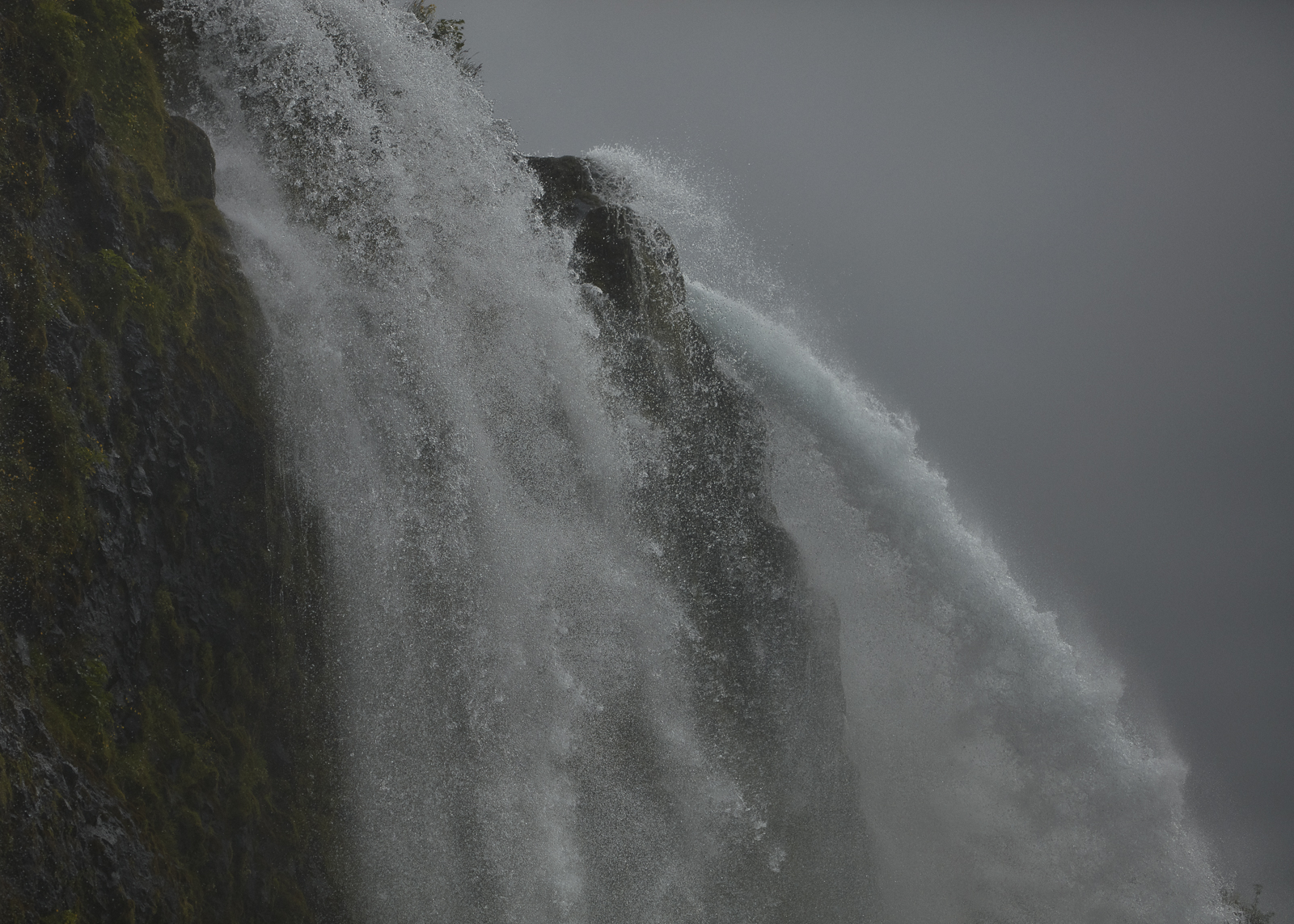
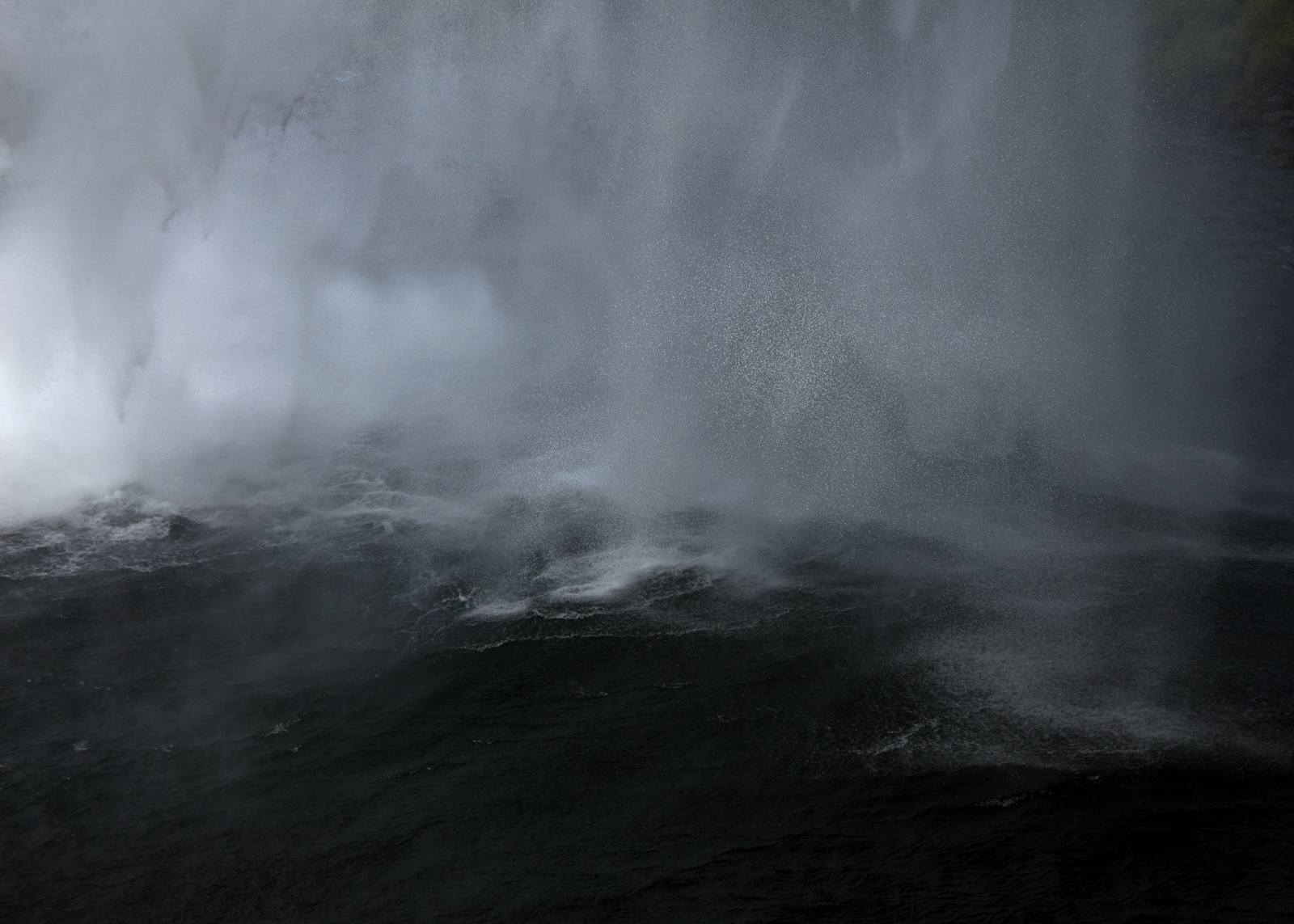
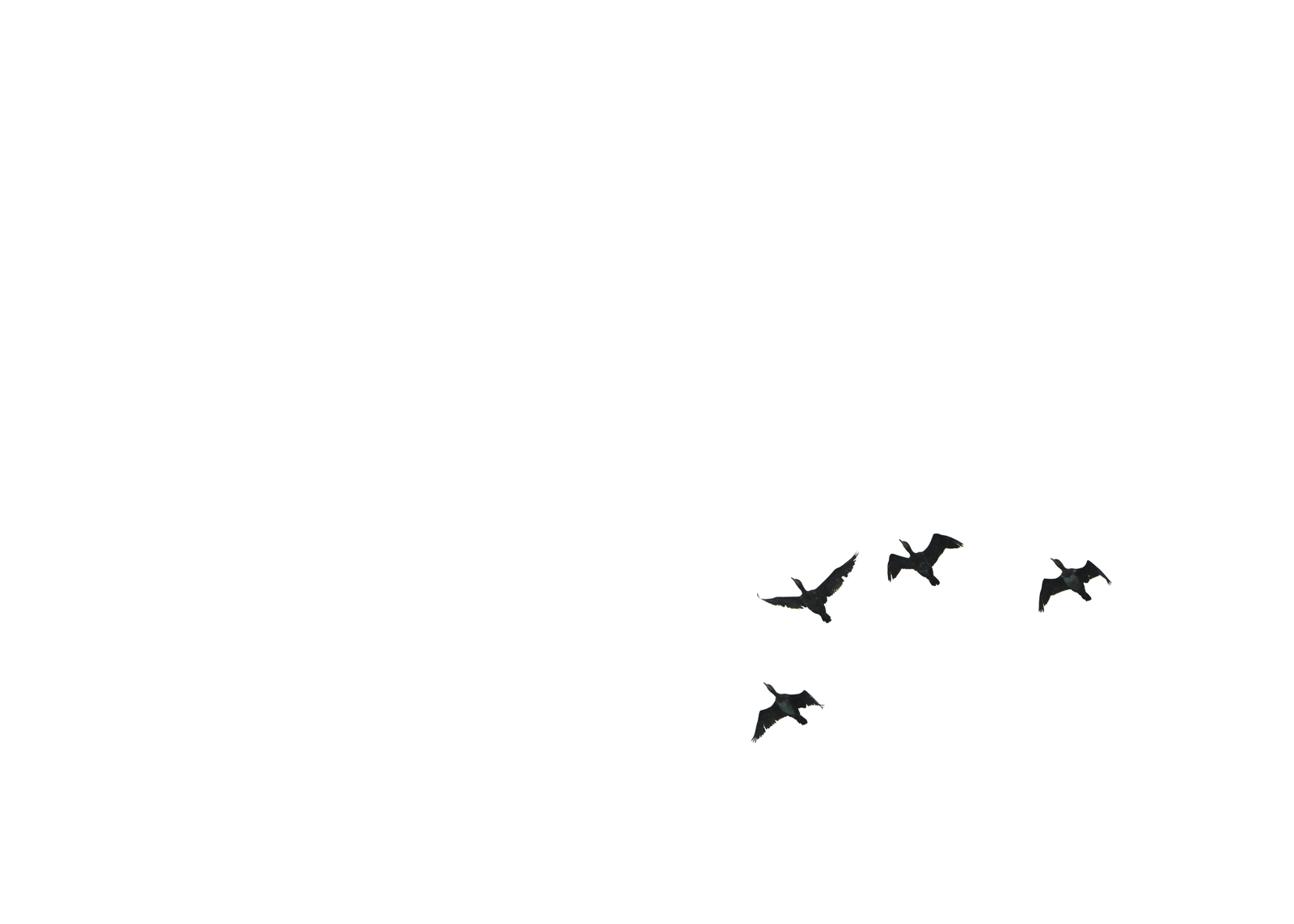
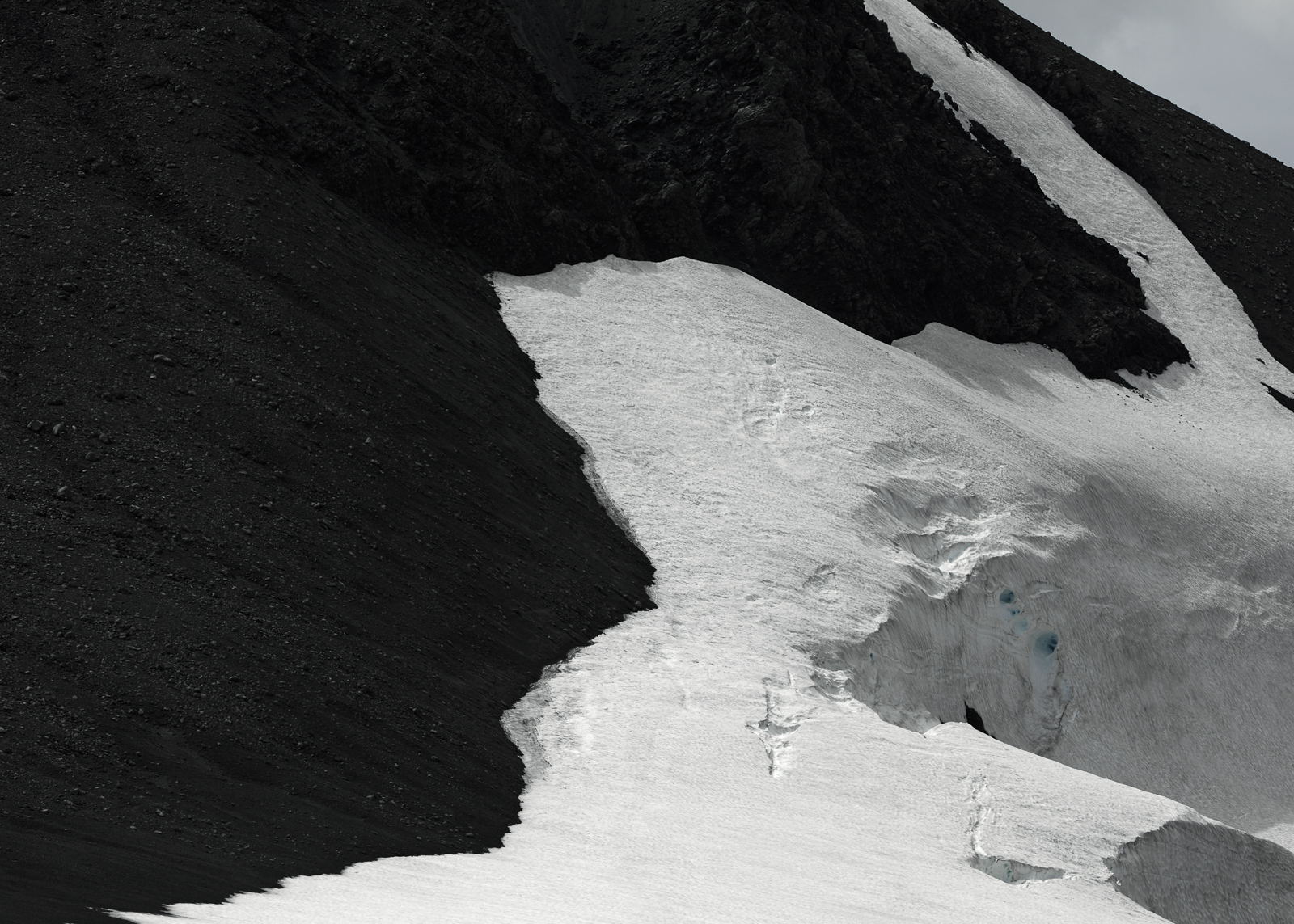
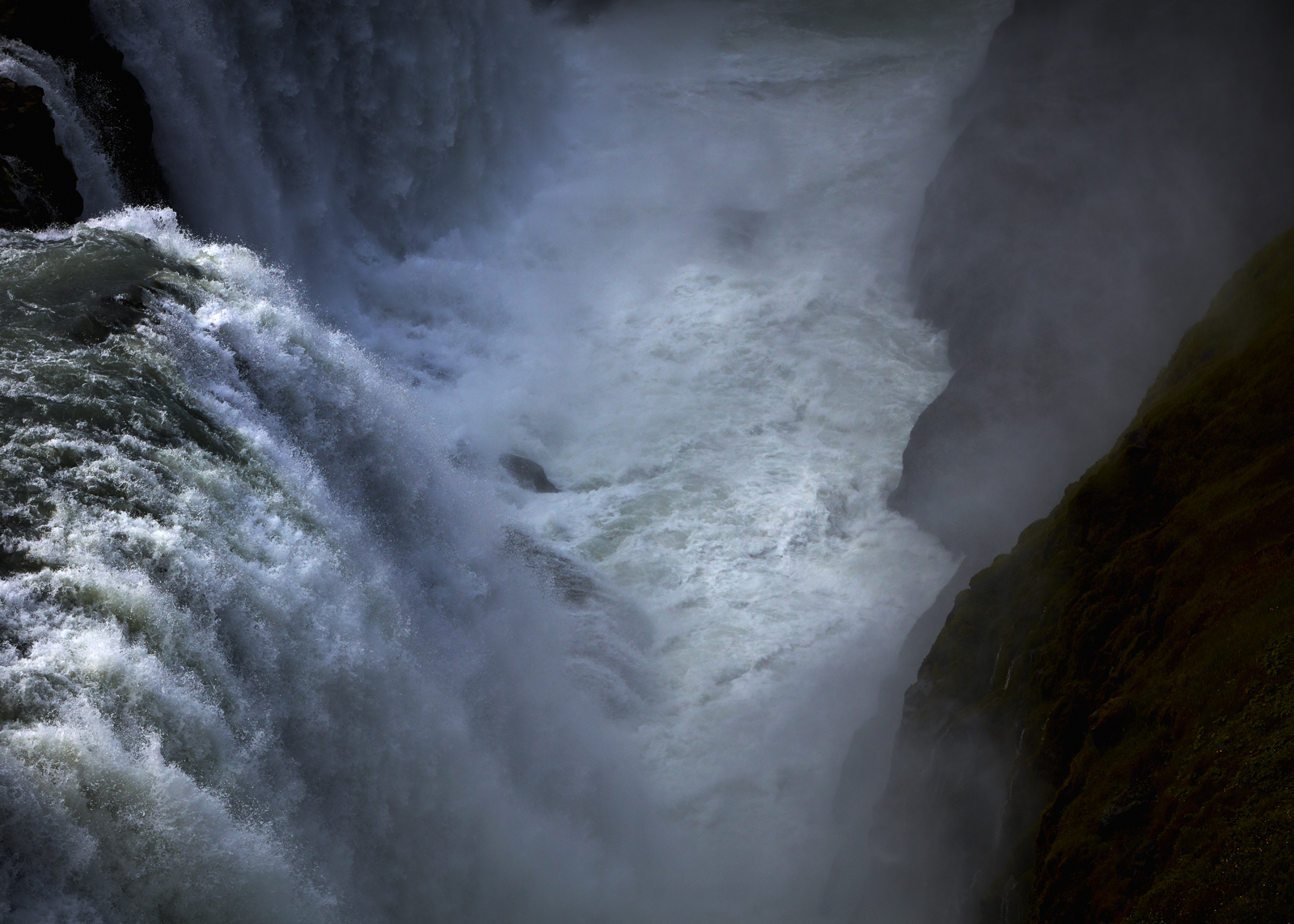

New World Flavour
For our Canada magazine, writer Shaun Pett and photographer Leila Ashtari explored the wines of Ontario. Due to the nature of print we couldn't publish all of their wonderful finds and images. So, for those seeking some new world flavour, below are some of the gems that deserve plenty of attention ...
Though Canadian wine is still a young tradition in the land of beer - with the first European vinifera grapes planted in the 1950s and serious wineries started only in the 70s - pioneering winemakers are experimenting with unique but challenging environments and building a new tradition of wine. Two of Canada’s major wine regions lie along the shores of Lake Ontario and are within a short drive of Toronto, making them the perfect destinations for a weekend escape. The Niagara Peninsula and Prince Edward County, a patchwork of vineyards and farm land and colonial towns, are now home to 150 wineries and counting, along with the attendant restaurants, artisans and boutique hotels.
New World Flavour
SUCKING ON STONES
Geology marked the Niagara Peninsula for grapes. The glacial Lake Iroquois, a precursor to Lake Ontario, deposited the fertile soil and red clay, while an ancient sea laid down the limestone sediment for the Niagara Escarpment, which traps the warm air currents from the lake. At the cliff-side lookout of Beamer Memorial Conservation Area you can see the skyline squiggle of Toronto across the lake and to the east runs the Escarpment’s spine.
Growing up in Niagara I never drank wine. Only after living two years in France did I come to appreciate it. This is a common pattern for Canadians: we look past what is near to what is far. Francois Morissette was born in Quebec and worked ten years in Burgundy before arriving in Niagara with the single purpose of letting the land dictate the grapes and the grapes dictate the wine. The first time I visited Pearl Morissette there was no sign at the entrance (and probably never will be). This is on purpose. Morissette is unlike most winemakers in Niagara. He takes an uncompromising approach toward non-interventionist, natural winemaking. Airborne indigenous yeasts start fermentations, and out of the nearly 200 ingredients you are legally allowed to add to wine, he only uses sulphur, and only if he has to. For him winemaking is more art than recipe and no two wines are ever the same. The old wood foudres from Alsace, the concrete eggs and steel tanks, the earthenware qvevri from Georgia, these are simply the pots he uses to cook in.
Svetlana Atcheva, the winery’s passionate ambassador, with her Eastern-European accent and Nabokovian way with description, described a wine’s structure as “ladders” climbing in the back of the mouth and called a 2014 Chardonnay that we tried from the tank “a snowflake under the microscope,” creamy and soft, but structured. Morissette’s wines and methods can seduce some and annoy others, but every wine region needs its provocateur, someone to push boundaries and undermine complacency. His wines—the Riesling, gamay and Cabernet Franc I still remember—set a benchmark for Niagara’s potential.
New World Flavour
New World Flavour
TRACING ANCIENT FOOTSTEPS
Follow Regional Road 81, which winds it way through the peninsula, and you’ll be tracing the former Lake Iroquois shoreline and a past Native trail. Heading east along 81, you near the Niagara River and the American border. Here the Escarpment eases into flat fields and you can find tiny Five Rows Winery tucked away in St. David’s. Winemaker Wes Lowrey, the fifth-generation of his family to farm this land, focusses on making the wine in the vineyard, spending two months thinning the 150 rows of vines by hand, three per day. His very small batches are excellent wine. Neighbouring Ravine Winery is worth stopping at for a bite of field-to-table fare.
New World Flavour
ON ISLAND TIME
Because of the Murray Canal, Prince Edward County is technically an island. Located almost halfway between Toronto and Montréal, it feels far apart from the urban grind, with the slow rhythms of country living and small town intimacies. The County is the newest wine appellation in Ontario with vines only planted at the turn of the millennium. The varying topography creates a mesoclimate at each vineyard, allowing you to visit 20 different wineries and taste 20 different Chardonnays. But making wine here requires one to be a little stubborn and a little mad. Since the winters get so cold, and temperatures of -25°C can kill vines, they must ‘hill up’ the vines in autumn, burying them under earth and hoping they’ve survived when dug up by hand in spring.
At the new micro brewery, British chef Neil Dawson turns out fresh and simple dishes of the moment - he’s also known to roast a pig from time to time. We sat on the patio overlooking the vines with a pint of the saison. A salad of crisp snap peas, watermelon radishes, crumbled feta and poppy seeds was a snapshot of that early summer day.
It’s easy to hop from one winery to the next, as most are clumped in the west of the island due to the moderating lake breeze. Down Closson Road don’t miss The Grange, Closson Chase, and The Old Third. At Norman Hardie’s, who is the gregarious face of the County and the gateway for many to the region, we ate what is still the best Neopolitan pizza around, enjoying it on the patio with a glass of stony Calcaire while others slurped oysters and the slow Sunday afternoon melted away.
New World Flavour
New World Flavour
WRITING NEW LORE
At Trail Estate the tasting room was still being built so Mackenzie Brisbois hosted us in the cluttered production shed. Her first year as head winemaker, she was excited to show off her skin contact experiments. Using this thousand-year-old technique of letting the juice sit with the skins for up to three weeks (like with red wine, but unconventional with white), she crafted four three single lot Rieslings and a Sauvignon Blanc that were complex and textured. The last one, of which she only made less than 100 bottles, had a surprisingly nutty nose - none of the grass one is used to - and a good funk that bloomed into melon flavours. Working in this hands-off manner, letting the wine become the wine it wants to be, requires patience. One day it’s good, another bad. “Doing nothing is the hardest thing.”
New World Flavour
PATHS LESSER TRAVELLED
Leaving the tourist trail in the west, you’ll find a hidden spots, like the gravel beach at Little Bluff Conservation Area or Sandbanks Provincial Park, where the 8 kilometres of mesmerizing sand dunes is the largest system of its kind in the world. Fifth Town artisan cheese, housed in a LEED-certified, green building, hosts wine and cheese tastings.
There’s something of the monk in Glenn Symons. He works mostly alone at Lighthall Vineyards, secluded on a nowhere road, perfecting his wine and cheese. A home vintner for 25 years, he bought the vineyard in 2008, attracted by the soil’s potential and its unwritten story. He has rigorous standards and won’t sell a wine that disappoints him. Cases of an unsatisfactory rosé have been in storage, waiting to be distilled to fortify a late harvest Vidal he produces. We chatted in his small production kitchen while he scooped fresh sheep milk curds into moulds. I asked him if there was a wine or cheese that he wanted to make that he hadn’t yet attempted. No, he said. He knows what he wants. Like others in the County, he has a self-confidence that comes from having found his place in the world. The job then, vintage after vintage, is listening to this place and singing it to others. That’s what wine can do.
New World Flavour
New World Flavour
New World Flavour
The Canada Magazine
This week the Canada issue of Lodestars Anthology - officially released in the UK on October 18 - will be avalible through our online store. So we thought we'd celebrate by sharing some of the wild and wonderful images and illustrations that fill the pages of issue 6. Thank you as always to our truly spectacular contributors - the world is indeed filled with some rather talented beings. You can order the magazine here.
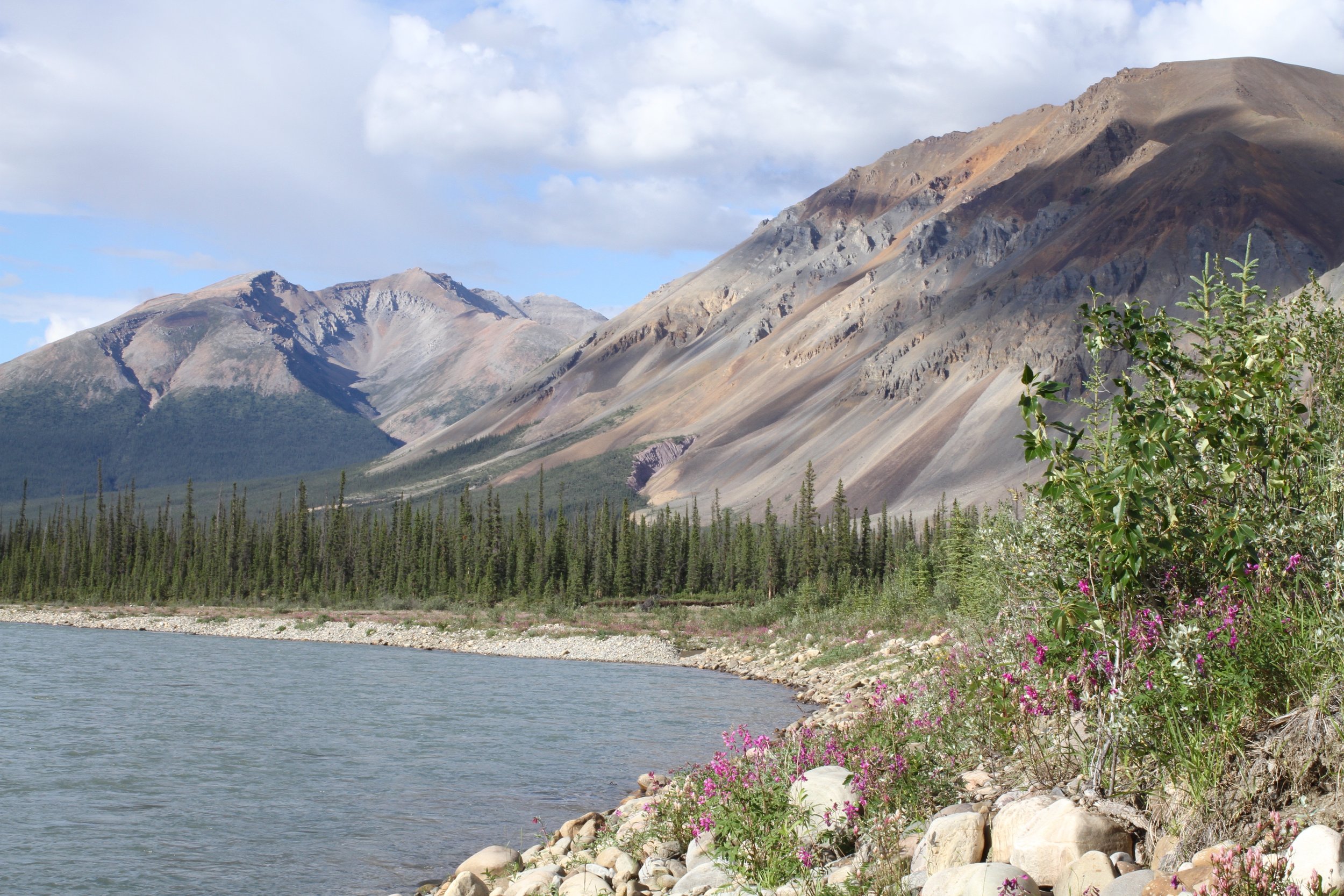
About the magazine: Canada is a land where lakes glow, mountains soar and island life prevails. Wild, rugged and unfazed by time, luxury resides in unexpected corners, cities delight and outdoor adventure beckons, for nature is indeed all around. You yearn to explore, to get lost, to reconnect with a pristine beauty so hard to encounter in the modern world. The seasons astound - from frozen winters to summer’s never-setting sun - while waterfalls carve canyons, rivers become frozen highways and people smile, aware of their heritage and all that this land has gifted them. You’ll find snow and maple syrup, art and architecture and a landscape both inspiring and eternal. Greetings from the Great White North.
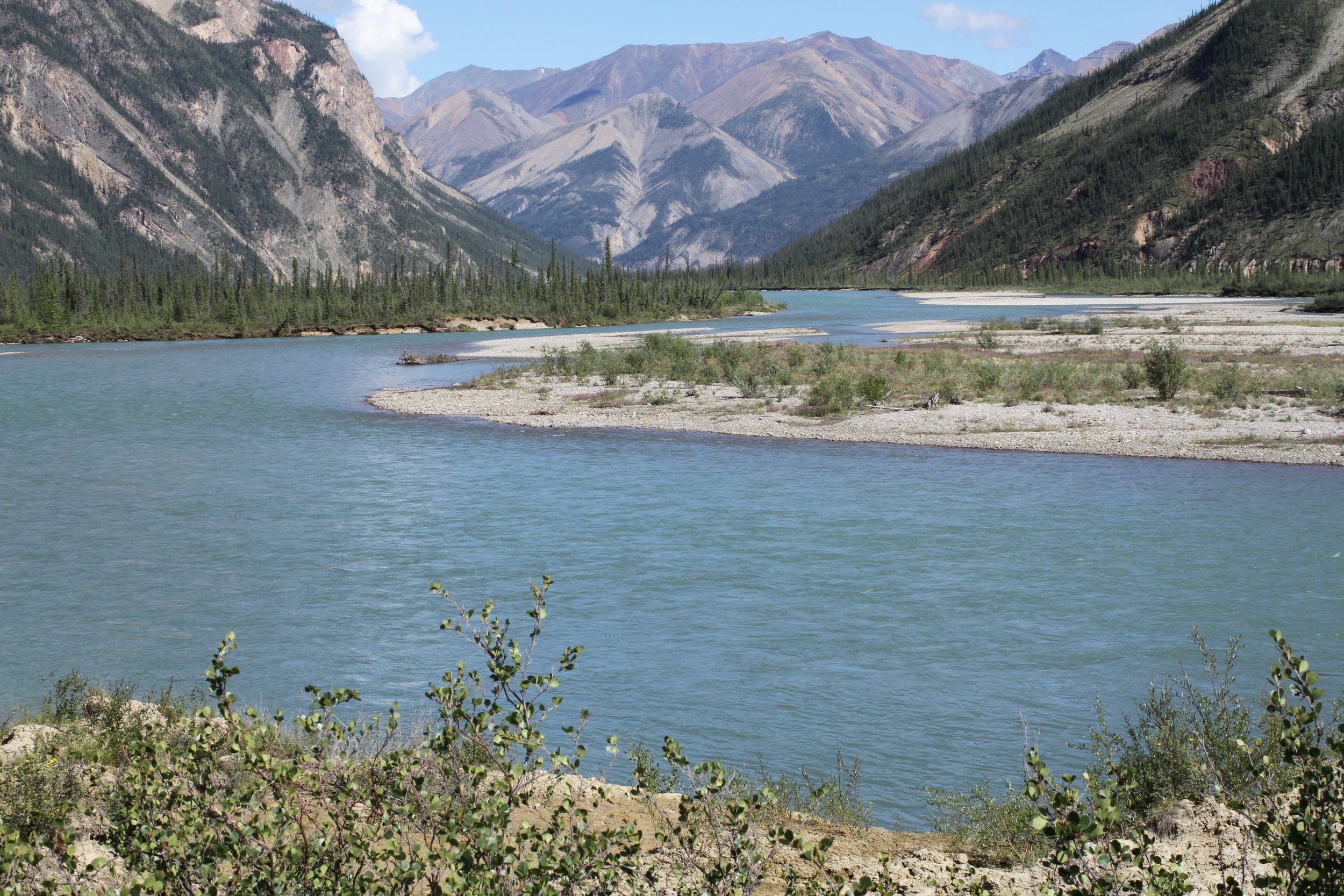
Some featured destinations:
Clayoquot Wilderness Resort Fogo Island Inn Vancouver Toronto Montreal The flavours of Canada Cosman & Webb maple syrup Left Field Brewery Canoe North Adventures The Yukon in winter Northwest Territories Nova Scotia Halifax Lobster Boil Ontario wines The Canadian Rockies Prince Edward Island Calgary The Canadian

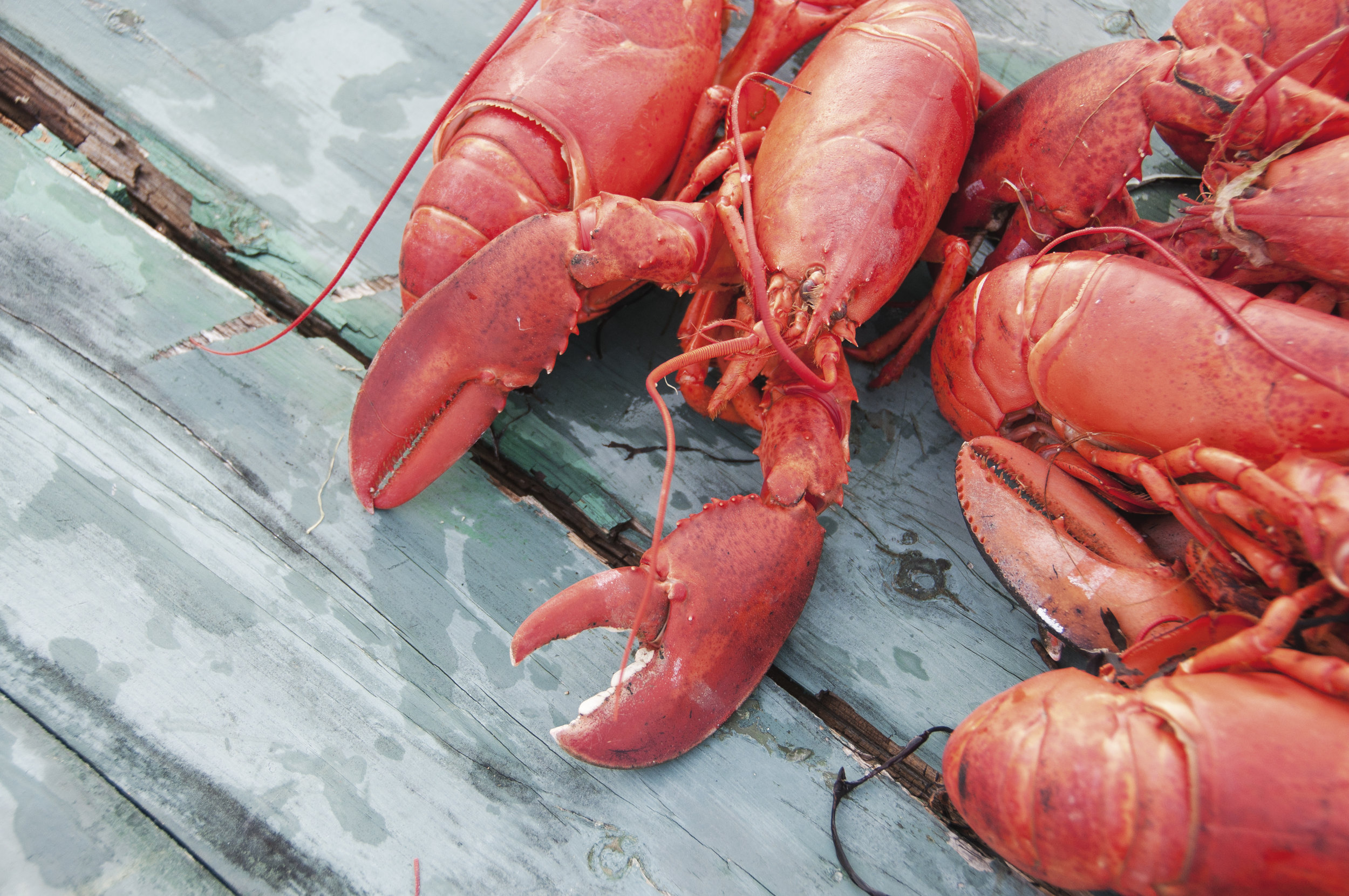
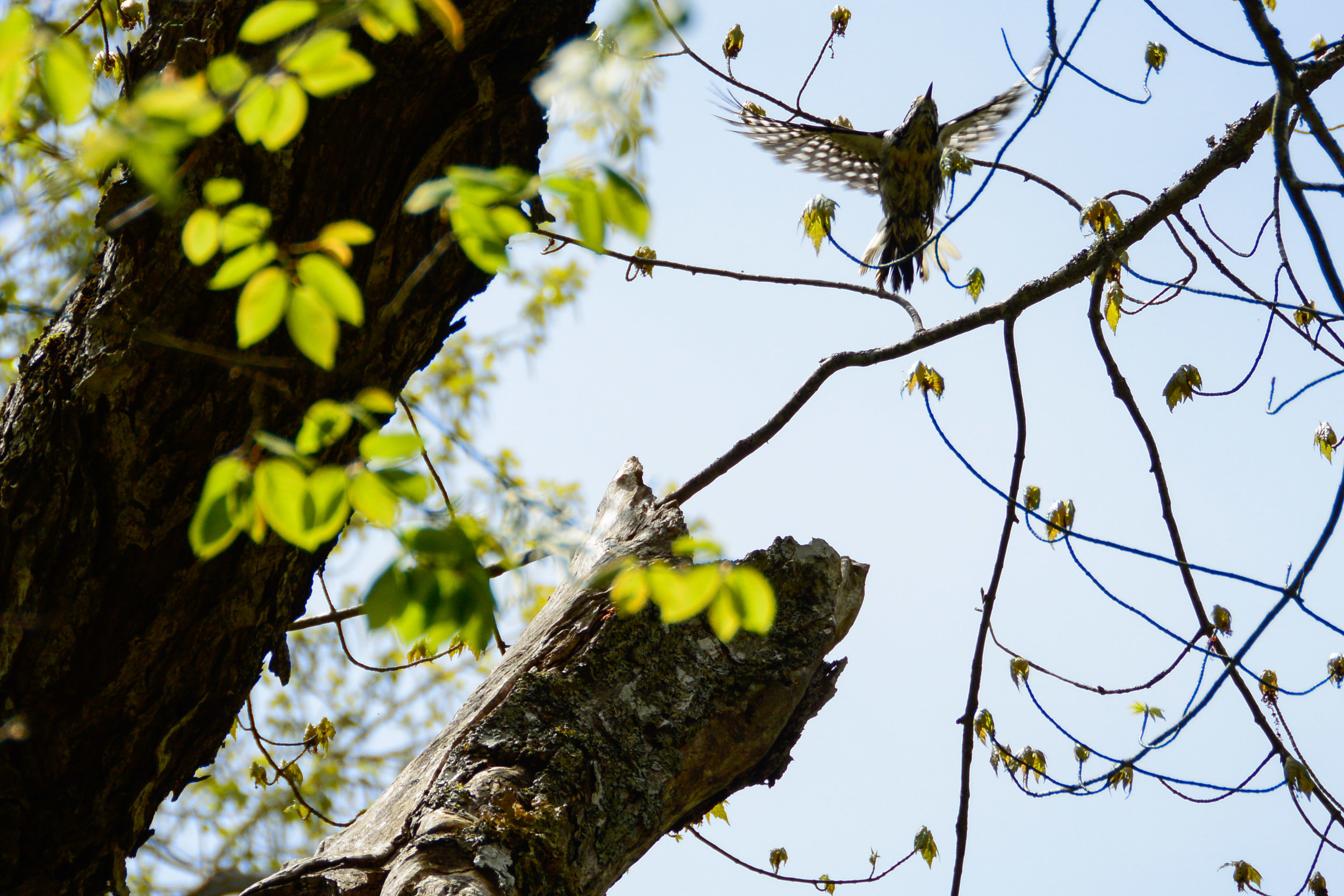
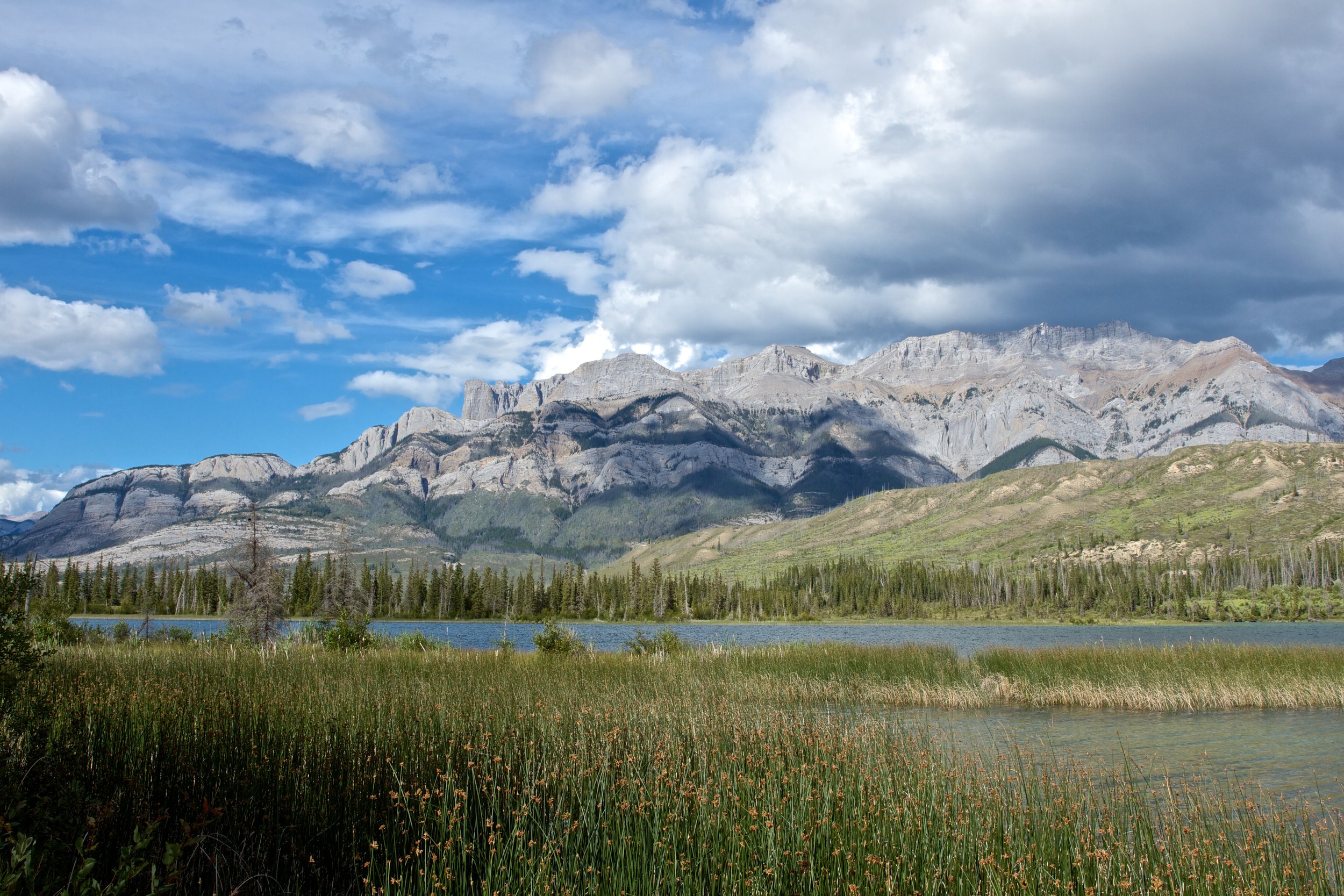
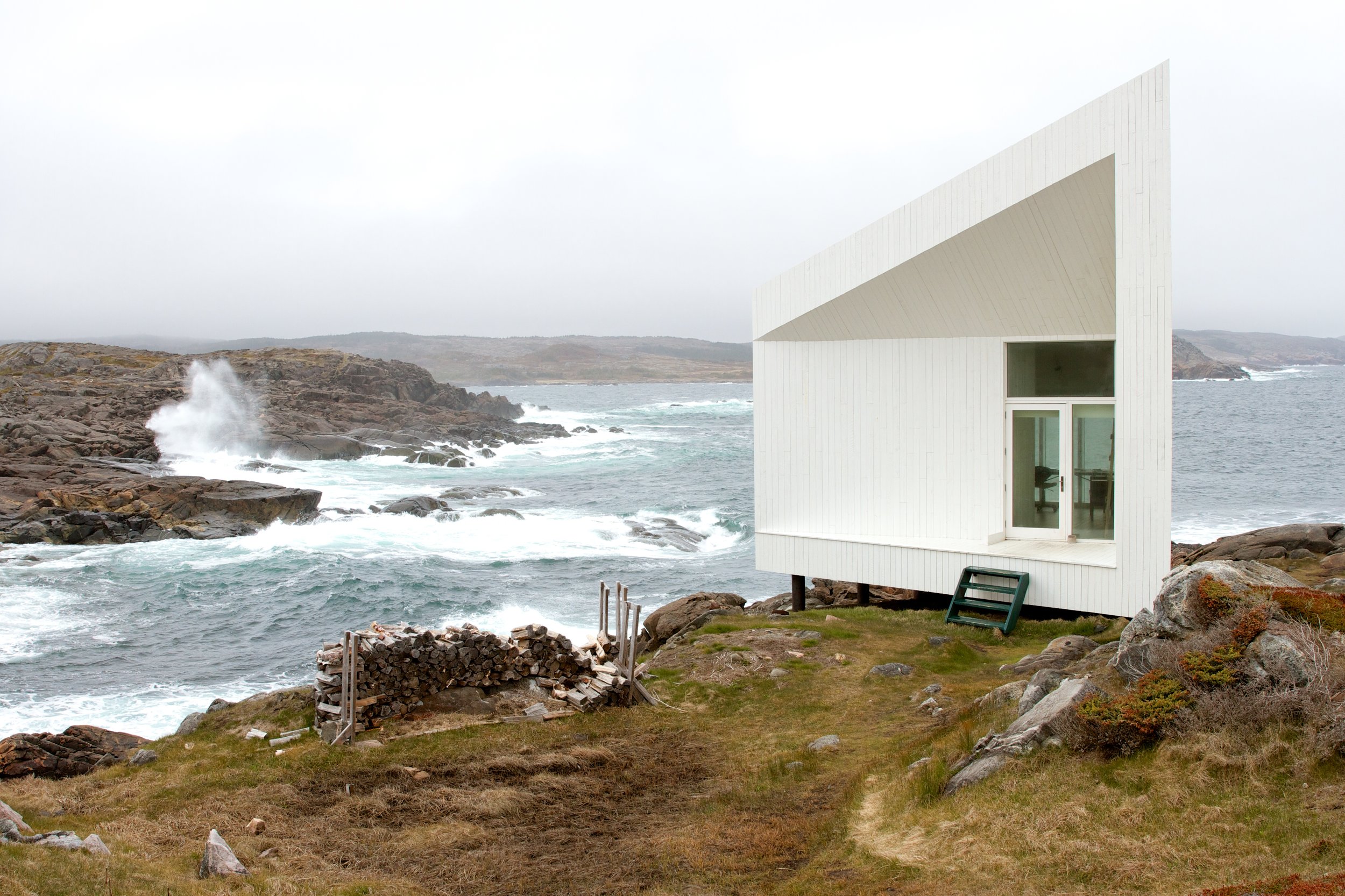
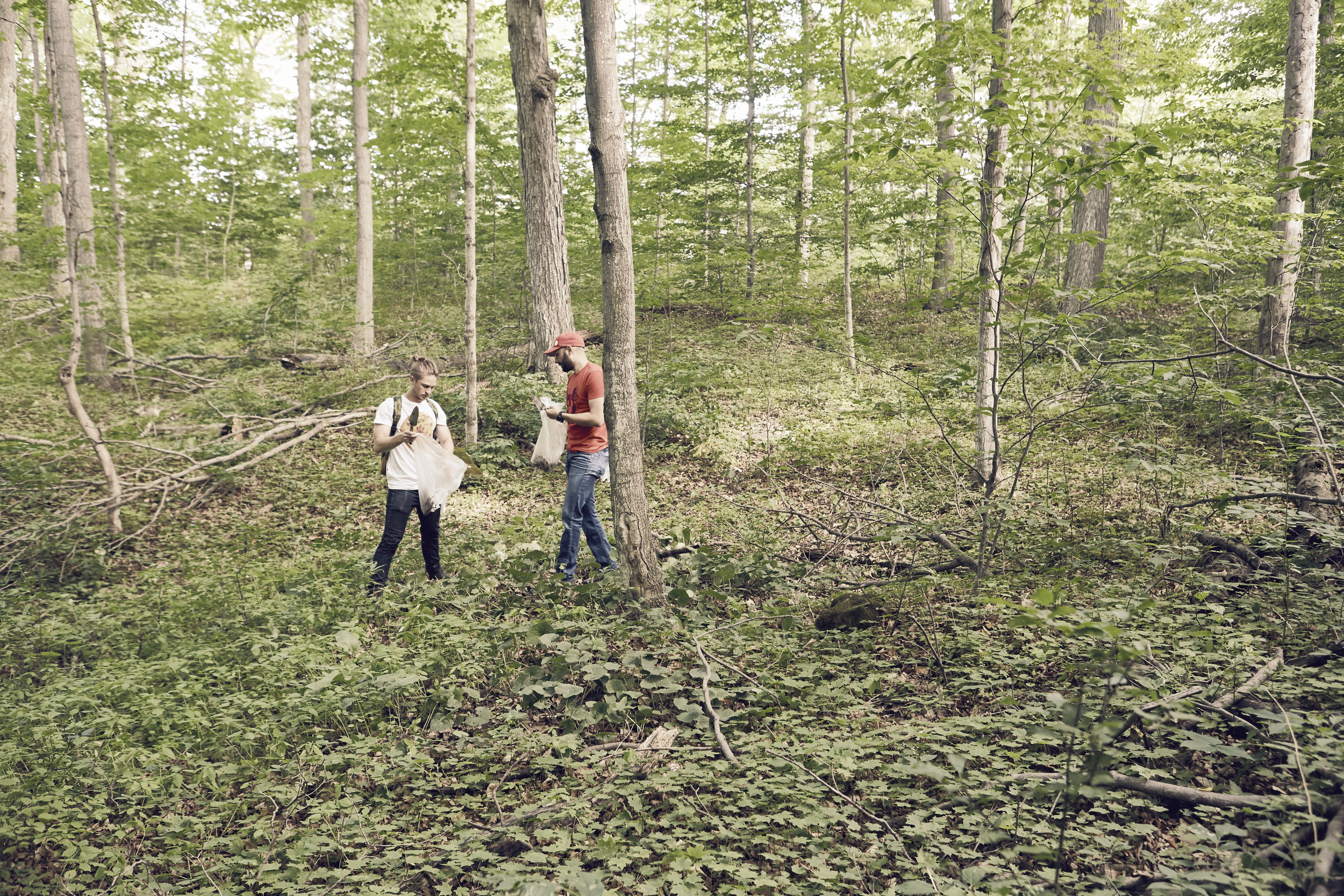
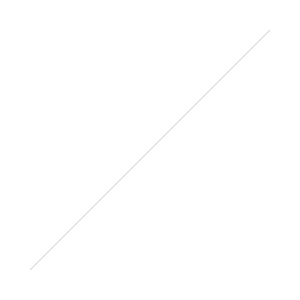
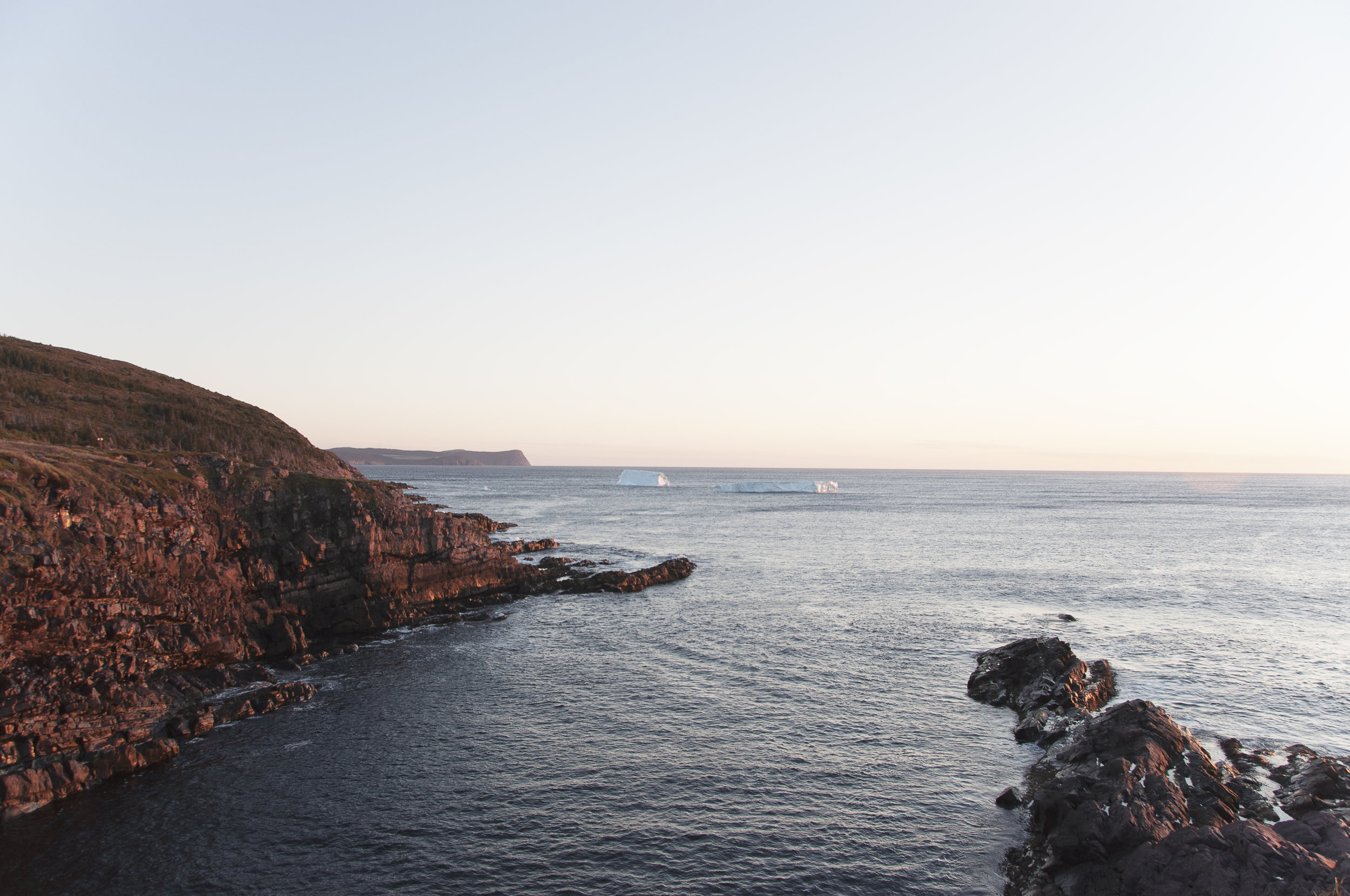
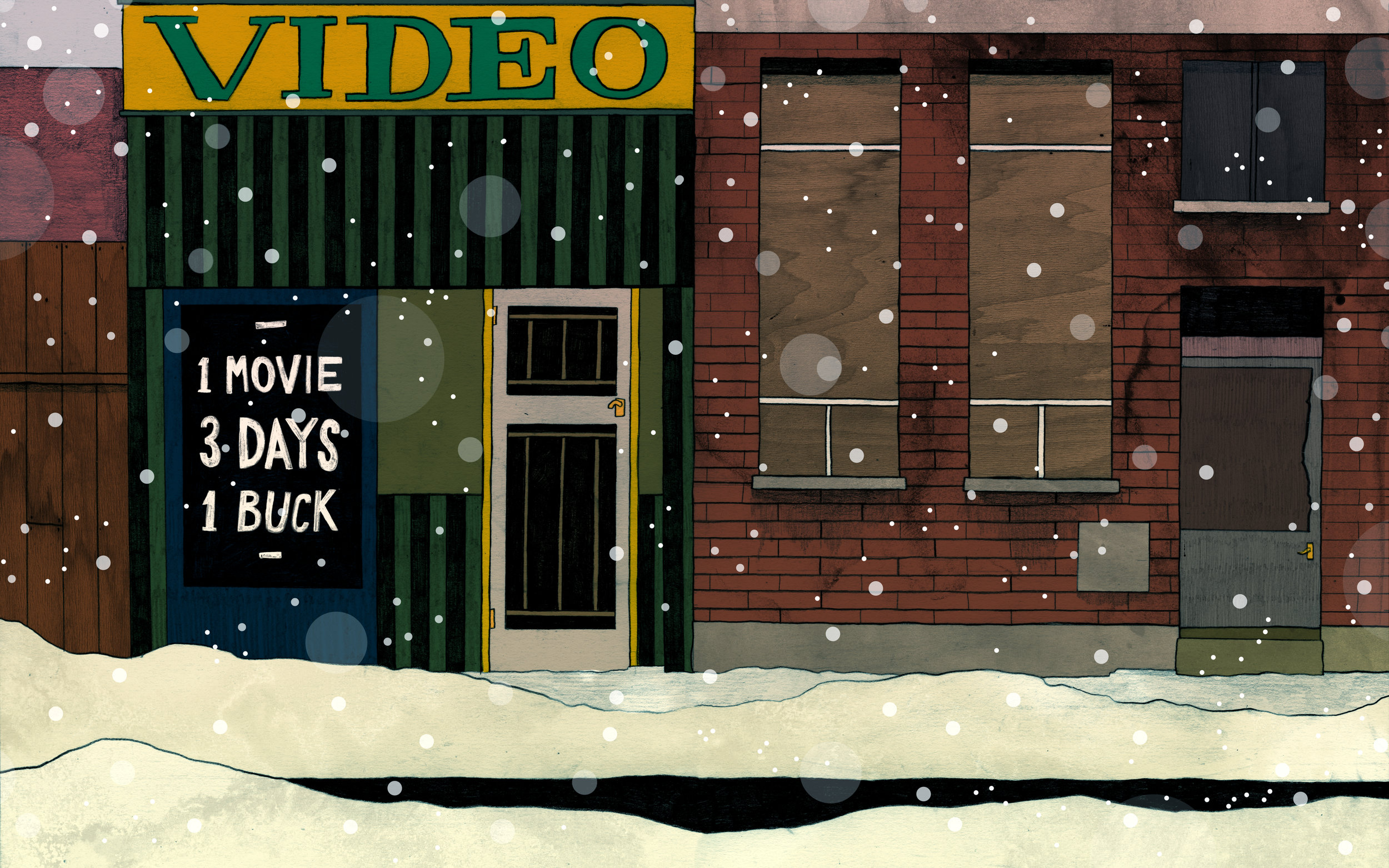
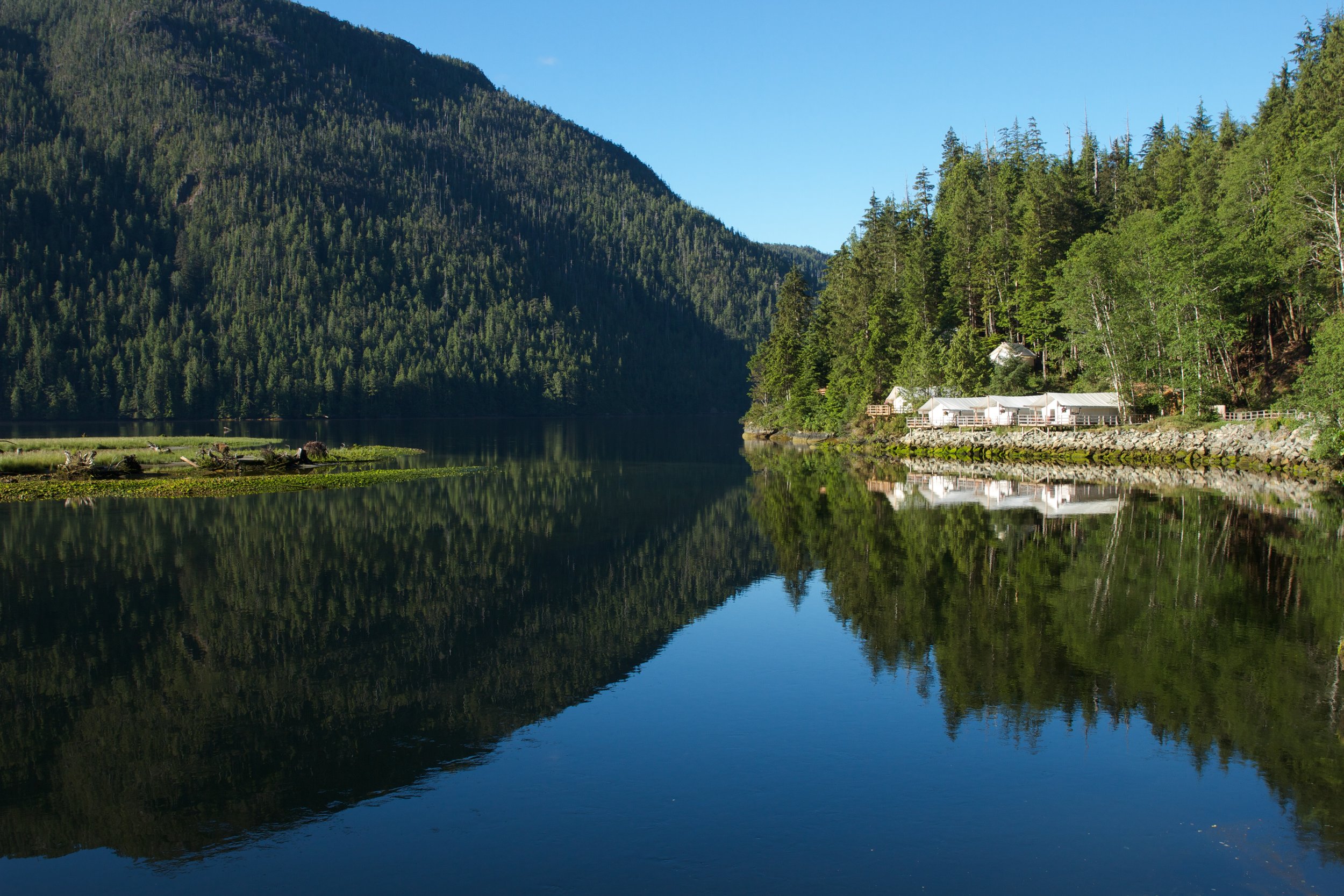
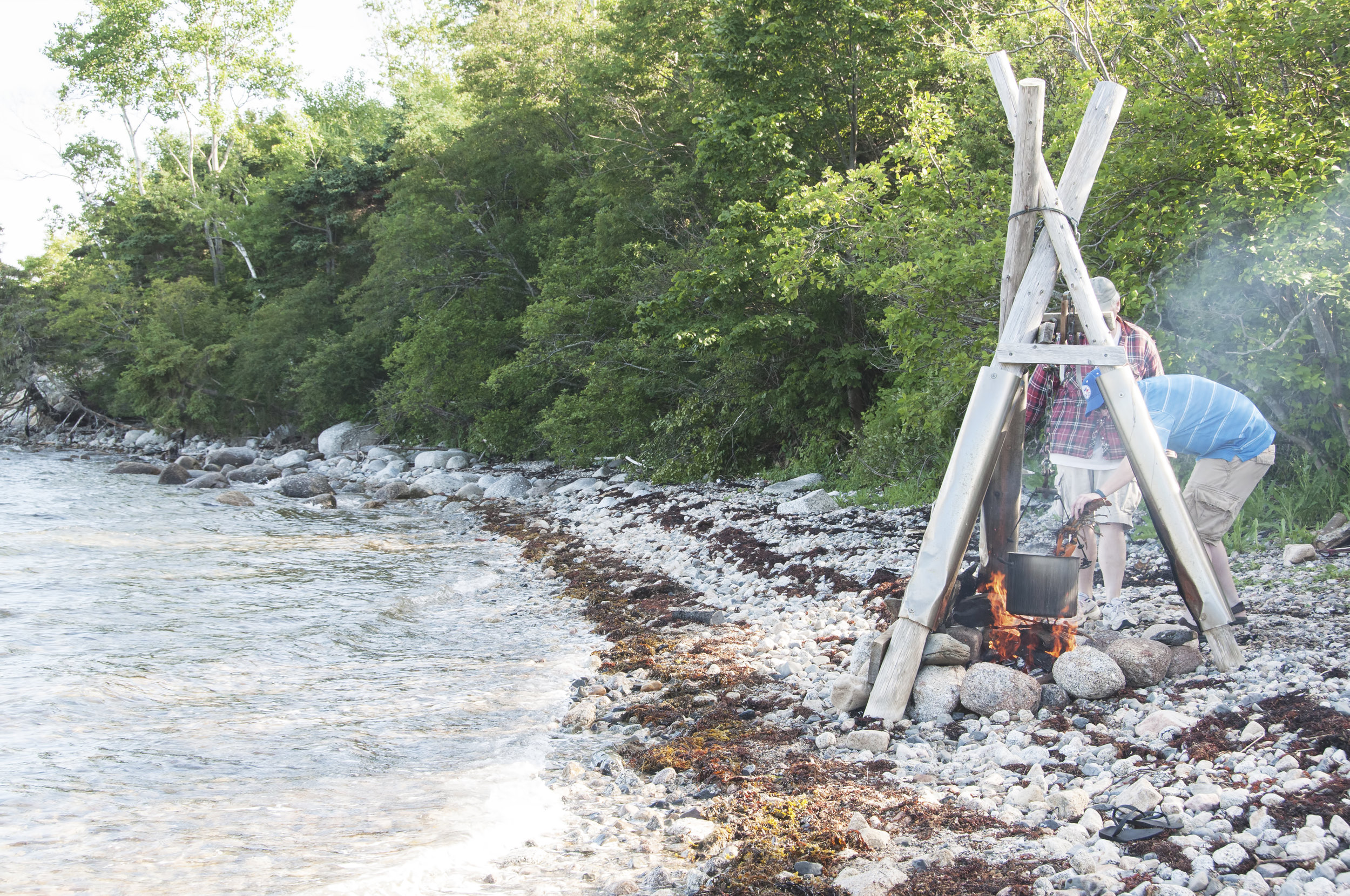
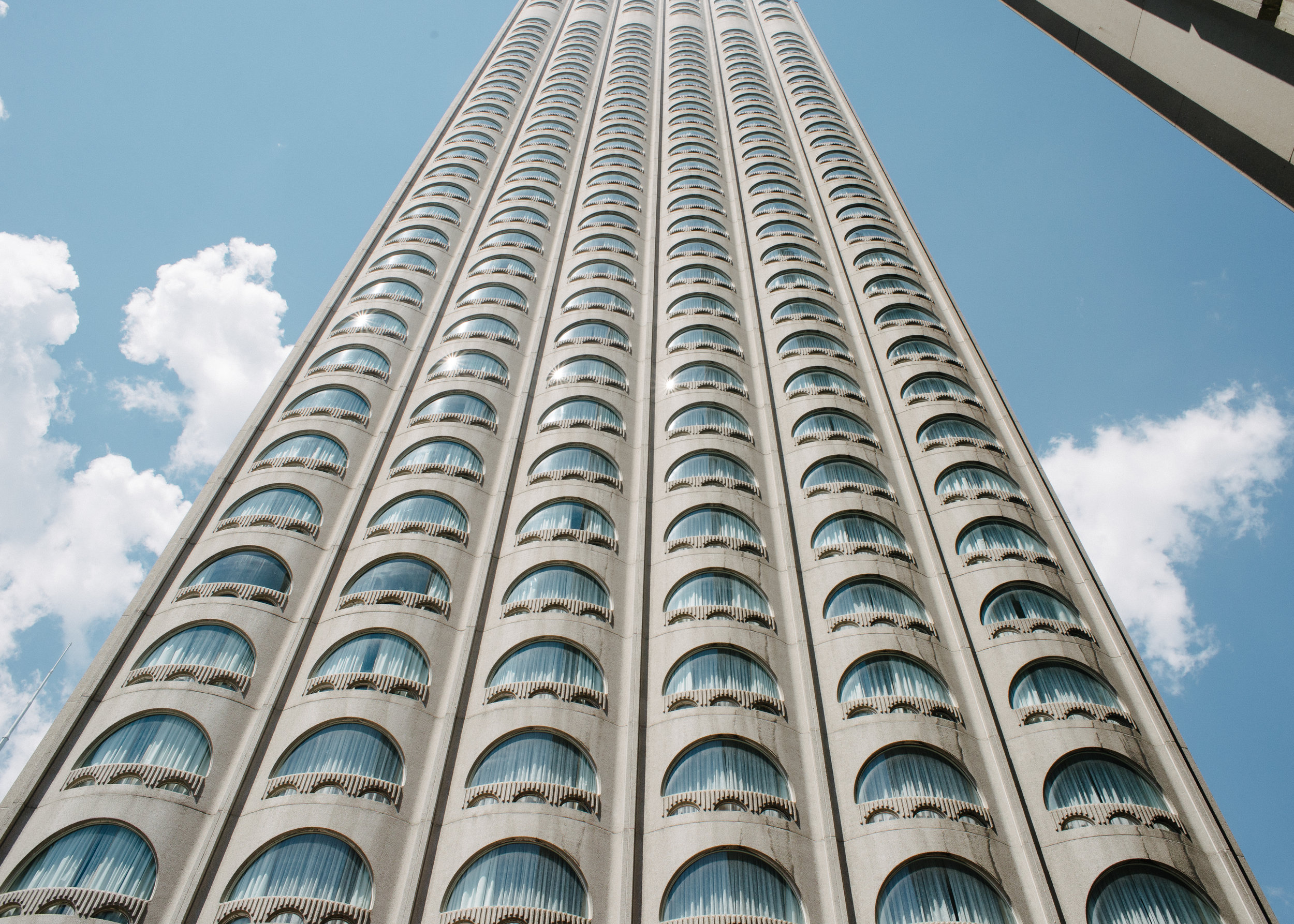
The Sweden Magazine
This week we launched issue 5, the Sweden issue, at the Swedish Ambassador's Residence in London. So, it seems like the right time to share a sneak peak of some of our Scandinavian content and say a mighty big thank you to the fab team at Visit Sweden, the Embassy of Sweden and of course Ambassador Nicola Clase. If we've learnt anything it's that few people are as generous and hospitable as the Swedes (and that they have a rather glorious country too).
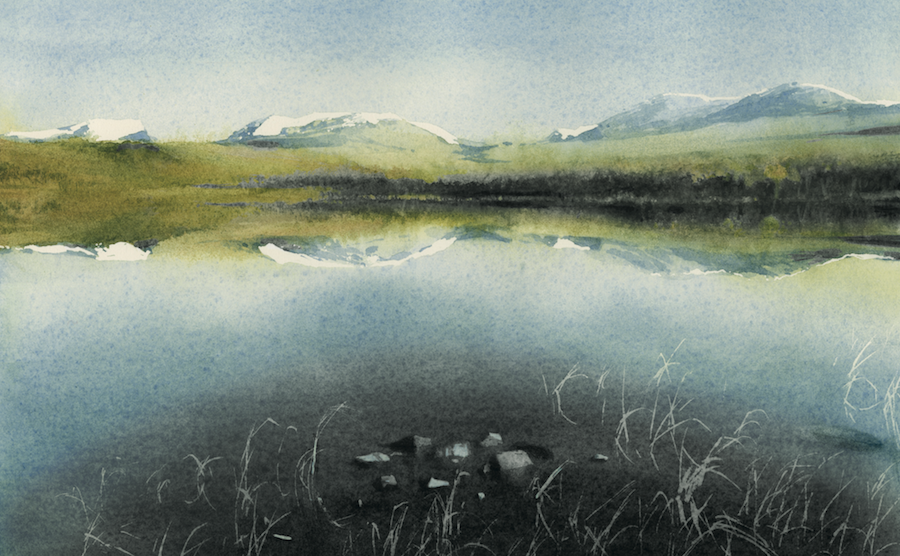
The Magazine ...
Rich in coastal hideaways, ancient archipelagos and islands rising from the sea, Sweden has a fondness for the sublime. With remote restaurants challenging palates and expectations, hotels carved from ice and pathways draping her frontiers, this is a country of extremes. But its cosmopolitan icons, and cities famed for their food, flair and design, also set hearts aflutter. Seasonal splendour allows creatives to delight in the daring and while there is a sense of wildness, the landscape shaped by glaciers and blanketed in forest, solitude is easy to find. Visit this northern wonderland and you’ll soon discover that Swedish escapes are good for the soul.
You can order the magazine online here.
Some featured destinations (and people) ...
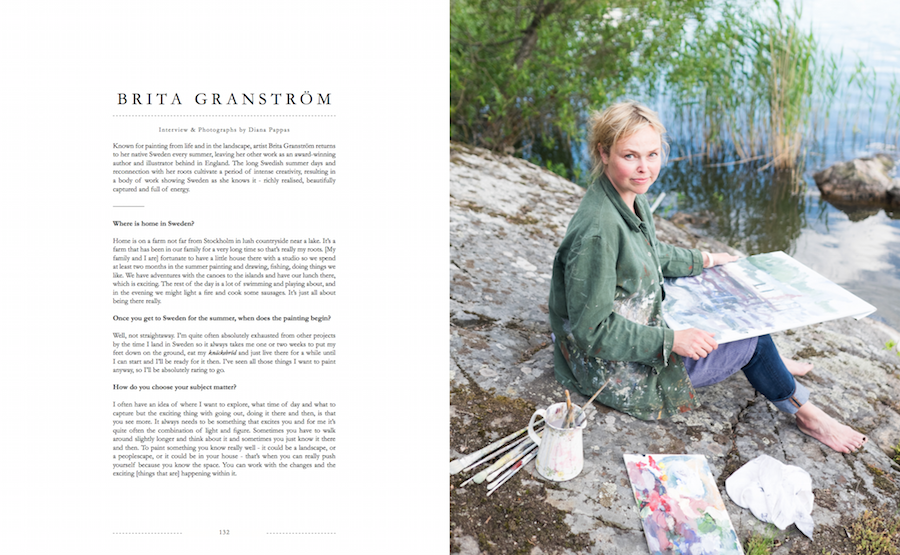
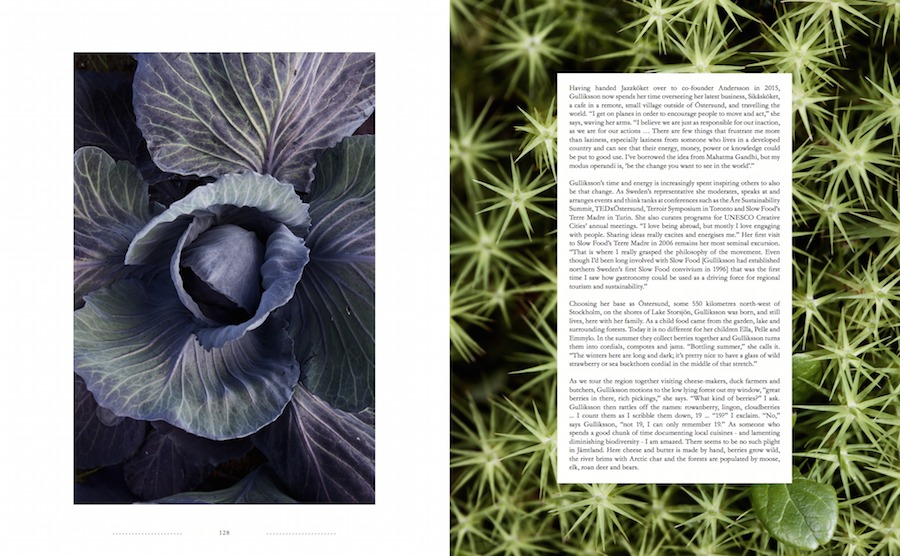
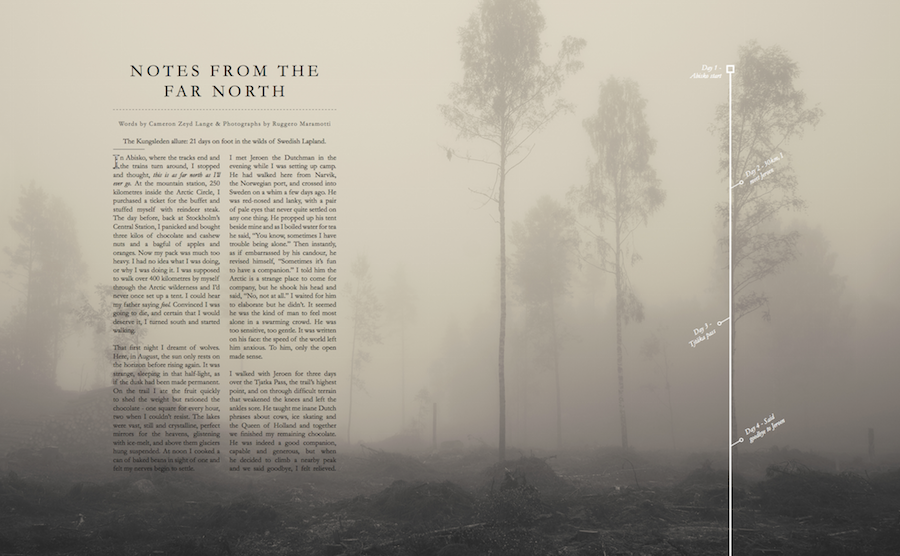
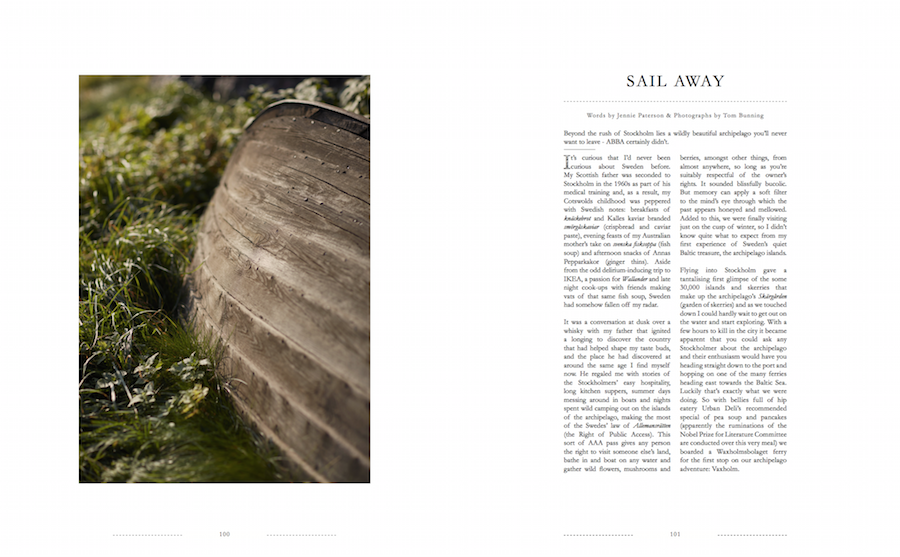

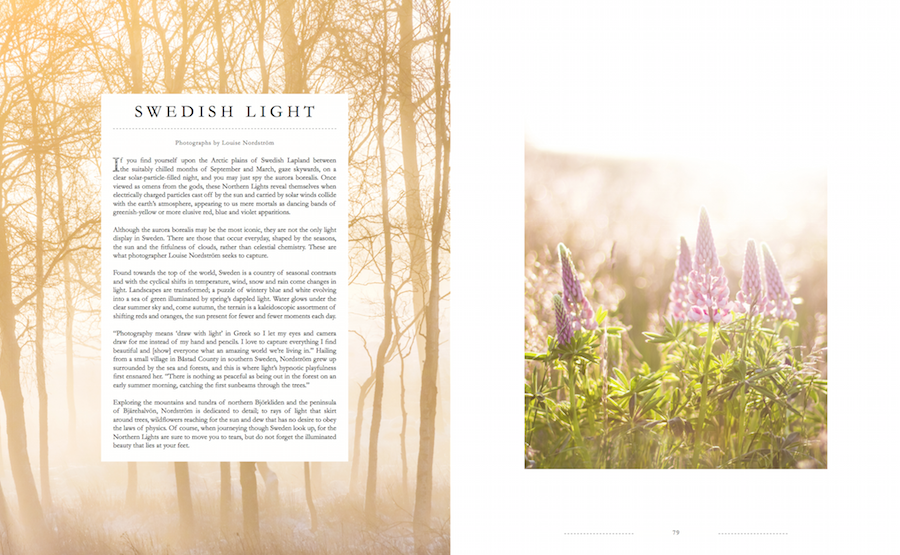
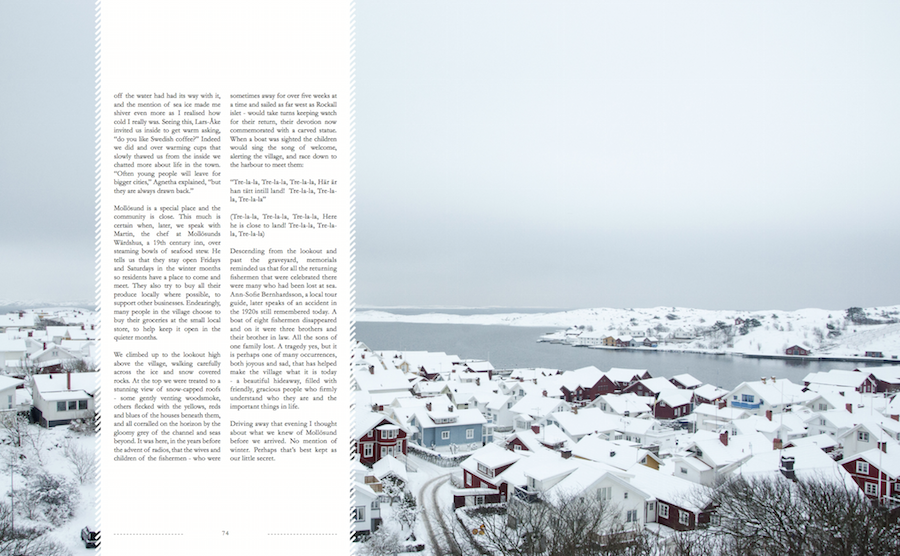
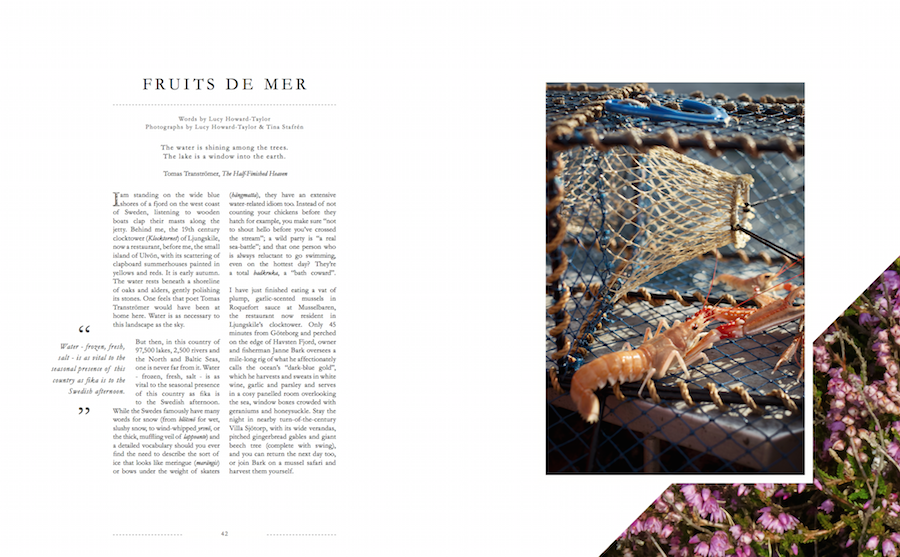
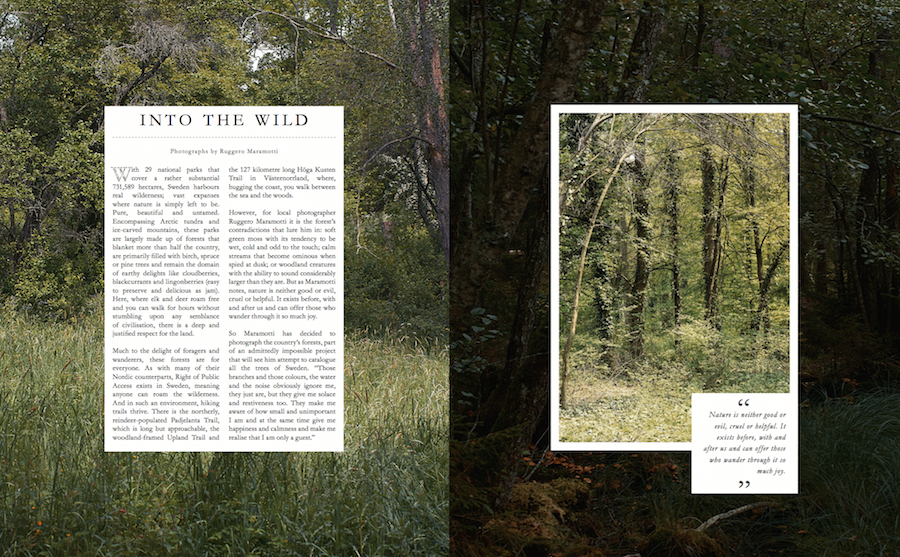
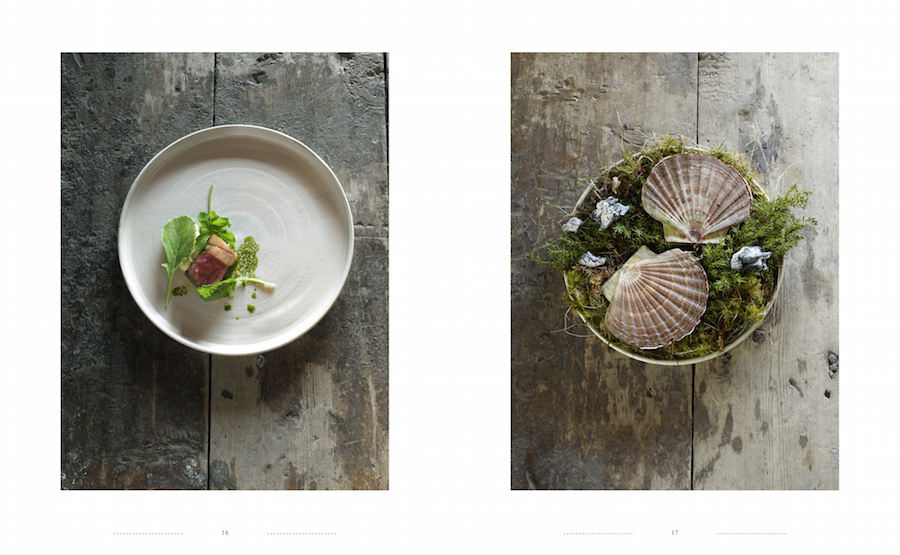

Piedmonte, Italy
Here's a little piece we put together for Need Supply Co all about the wonders of undiscovered Italy. . . .
Here's a little piece we put together for Need Supply Co all about the wonders of undiscovered Italy. From the waterways of Venice to the ruins of Rome, Italy is brilliantly iconic. Synonymous with food, style and history, this boot-shaped country is immediately recognisable. Thankfully though, some north-eastern Italian corners, while brimming with wineries, mountains and 17th century castles, still remain relatively undiscovered – just as they should be.
Framed by France and Switzerland, Piedmonte is where the Milanese escape for the weekend and English is infrequently uttered. Tradition and wilderness thrive, but what sets this region apart is its diversity. In the southwest, lost in the smaller town surrounding Alba, it’s easy to believe you’re in Central Italy. Grape vines hug undulating slopes while farmhouses, villas and tolling church towers dot the hills. Yet around Cuneo the landscape becomes more dramatic. There is the promise of snow and peaks seem to rise is every direction – Mont Blanc, after all, isn’t that far away.
Piedmonte’s variety is best explored by getting amongst it, by cycling or hiking past the vineyards of Lower Langhe or through the Bavarian-esque forests (frequently dotted with farms and cheese makers) of Upper Langhe. By feeling every heart beat as you push yourself higher and higher towards alpine Ferrere. In sight of the French border, Ferrere – a petite town that essentially closes in winter – was once a mighty smuggling hub, although when viewed bathed in the summer sun it seems nothing but quaint. Explore this outdoor wonderland at the start of the season and you can break your journey up by picking cherries form the trees, replaced with peaches and figs as the cooler month set in.
Replenishing your exhilarated body with fine wine and Italian fare is essential. The wineries of Piedmonte may be considered small (some only span a few acres), yet they’re often family run and thus brim with passion and flavour. A Barolo here will change your life. Interestingly, Piemonte also has one of Italy’s highest concentrations of Michelin starred restaurants (Guido Ristorante within Villa Contessa Rosa, a gift from Vitorrio Emanuel to his mistress, is particularly memorable) yet you can’t go wrong with a trattoria. Like the wineries they are intimate and welcoming, specialising in traditional recipes prepared with both love and respect. Pasta melts, cheese delights and the simplest flavours cause you to pause and savour. The homely fare at L’Aromatario in the medieval town of Neive, proves this point perfectly – as does Ristorante Osteria Della Pace. Suitably wined and dined, you’ll no doubt pause to consider your mountain, sun and adventure filled escape and be thankful, at least for now, that Piedmonte can remain your own little Italianate secret.
Antarctica
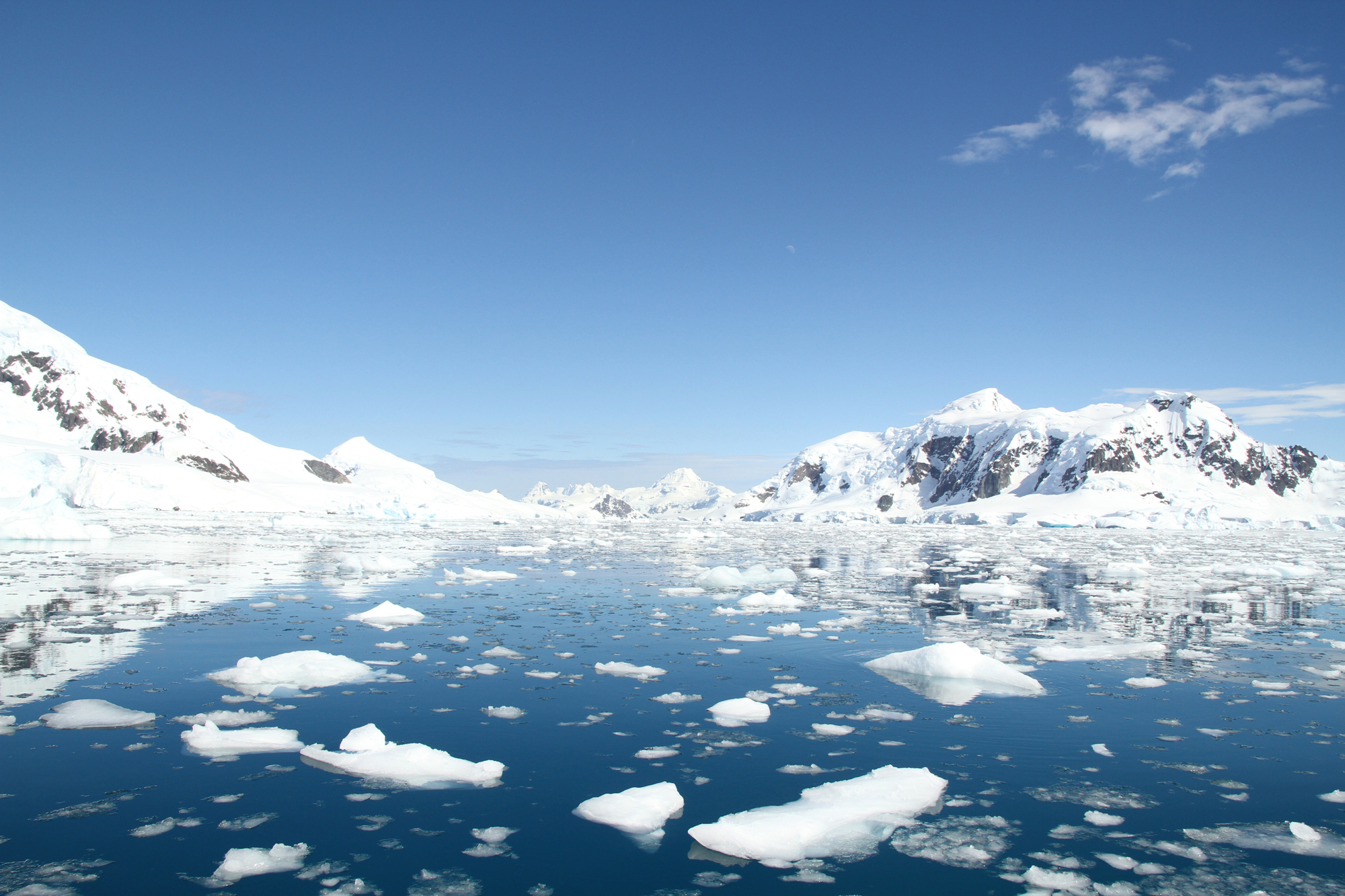 Written for the fab folks at Need Supply Co.
Written for the fab folks at Need Supply Co.
It took journeying to the end of the earth, and a little beyond, to understand what I adored about travel. Surrounded by ice prone to glowing the most improbable shade of blue, penguins with a taste for wellingtons and whales who treated the waters of this snow-covered wonderland as their own private playground, it dawned on me; travel reminds us that, when removed from the reality of the everyday, we are part of something so much bigger. A natural landscape that dwarfs us, not only physically (it’s impossible to even consider notions of ‘big’ and ‘tall’ as you watch a glacier crumble into sea at Mikkelsen Harbour, a surge of water rising away from the point of impact) but mentally. All those worries, stresses and uncertainly, they mean nothing when you spy a landscape such as this.
Perhaps that’s what has always drawn the adventurous to Antarctica. Roald Amundsen and his epic adventure to the South Pole, the noble Scott, and Shackleton who had daring flowing through in his veins. Antarctica’s magic and power has not dissipated. Locations read like otherworldly realms Paradise Bay, Deception Island, Neptune’s Bellows and Elephant Point—calling now not only to the intrepid, but the fantastical too.
What has remained with me all these years later is not the immensity of Lemaire Channel (or Kodak Alley to those more film-inclined), a place where bergs are golden and the sea a mirror, but Pleneau Island — an iceberg graveyard. Here statuesque forms rise from the grey waters (some places just look better in stormy weather), assuming improbable shapes as they’re ravaged by the elements. Having travelled the oceans they arrive here to find there is nowhere left for them to venture. There are other sights too—the National Geographic Explorer making its solitary journey across the expanse or Brown Station, which is red despite the name and reveals how harrowing this great southern continent can be; the last Argentinian scientist who manned it opted to burn the building down rather then face yet another solitary year on the ice.
This is the land of penguins—be they Adelies, who compensate for their lack of grace with sheer determination building ‘penguin highways’ through the snow, Gentoos who have a penchant for stolen pebbles and the most curious of all, the stout Chinstraps. A place where the sun either refuses to set or rise and the sound of breaching whales is carried on the breeze. You feel small, but not insignificant, just acutely aware that this nirvana, this fickle friend, is always there, waiting to remind you of your place in the world.
Lodestars Anthology - Italy
 With our Italy issue set to arrive back from the printers next week, we thought it would be grand to a) give you a little sneak peak of what lies within the magazine and b) let you know where copies can be ordered.
With our Italy issue set to arrive back from the printers next week, we thought it would be grand to a) give you a little sneak peak of what lies within the magazine and b) let you know where copies can be ordered.
For UK, EU and US shoppers (and for Australian's who are reluctant to wait an extra two months) you can order copies from:
For more patient Aussies and New Zealanders there is the subscription service offered by
Just click on the above names and you shall be taken straight to the relevant site.
Of course if you have any questions or are after back issues don't hesitate to get in touch be emailing info@lodestarsanthology.co.uk and we'll lend a helping hand.
Going to Print
Issue 3, all about wonderful Australia, has gone to press. We spent most of Friday getting in the way at the printers (the rather lovely Taylor Brothers in Bristol) and snapping paper and ink. The magazine is now available to pre-order here and we can't wait to share it with you.

Urban Jungle
“I love New York, even though it isn't mine, the way something has to be, a tree or a street or a house, something, anyway, that belongs to me because I belong to it.”― Truman Capote
In the UK the long weekend is rapidly approaching and with it the desire escape, the need to run away somewhere wild and alive and ever-changing. For three days at least. And on that front, there really can be no place better than New York. A thriving metropolis flourishing across the Atlantic, it calls to the brave and curious, those with a love of art, history, shopping and all that excites. Land of bagels, subways, Grand Central and the high line, you arrive in search of brownstone, cupcakes and Scorsese and leave with an appreciation of hot dogs and Bethesda. Here's to Big Apple dreaming (and the Brooklyn Bridge of course).
“One belongs to New York instantly, one belongs to it as much in five minutes as in five years.” ― Tom Wolfe
Scotland
For the past few months we have been braving the elements and the dwindling daylight to explore Scotland, a wonderful country that's impossibly ancient, achingly beautiful and humbling in every possible way. A fickle friend when it comes to the weather and brimming with locals who take the notion of friendliness to a whole new level, it has been such a delight to get to know this place and its people. Below are just a few of the photos we've captured during our travels. For the complete set, the accompanying words, and a few illustrations you're going to have to wait until March when issue 2 of Lodestars Anthology is set to hit newsstands. Until then, enjoy the snaps, and, you know, invest in a shiny new copy of issue 1, all about glorious England.
Tour Mont Blanc
Passing through Italy, France and Switzerland and circling the mighty peak that is Mont Blanc, the aptly named Tour Mont Blanc is one of the world's great walks. Passing scenes capable of inducing wobbly knees, a mix alpine cottages, glacial remains, snow capped mountains and valleys that stretch into eternity, the walk, which takes a week to complete, is for those predisposed to wanderlust. Aided by a mule called Coco and fuelled by a diet of bread and cheese (the wine would prove too heavy to carry), my own venture around the mountain has been etched into my memory - the thick forests, mirror-like lakes and towns abandoned by time are not something you ever really forget.
Cornwall
In honour of the arrival of issue 1 (our baby is finally here), we thought it just right to share some of the blue sky pictures of Cornwall we captured while visiting earlier in the year. To read about our epic road trip around the Cornish Coast be sure to grab a copy of the mag (available here), for now, please bask in the Cornish brilliance. There’s a lot to love in the West Country.
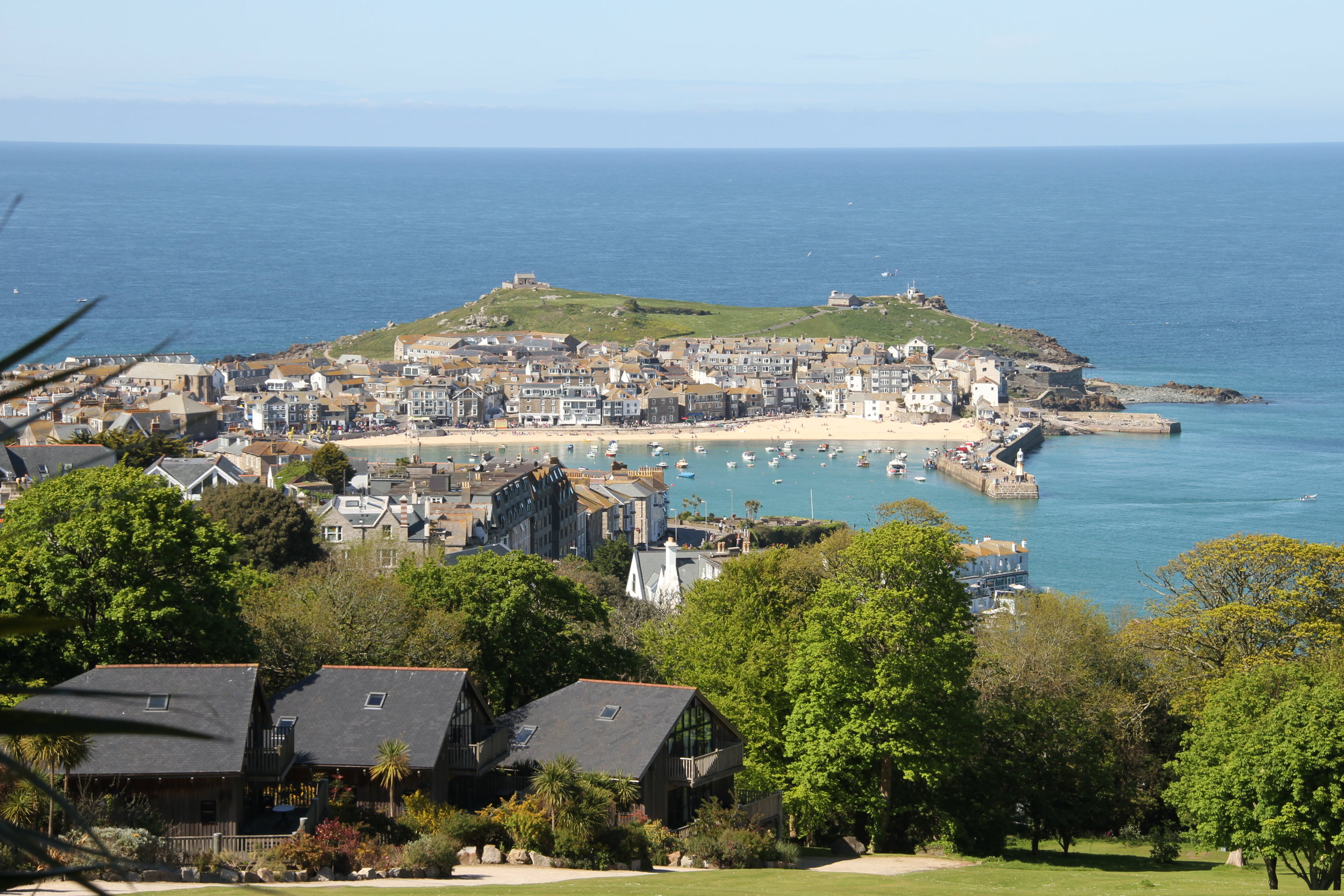
Antarctica
some ice-covered corners of the world know how to get under your skin. Expansive and wild, Antarctica is a place where nothing exists but the moment. The rest of the world falls away and the urge to play Attenborough is un-suppressible. You’re guaranteed close encounters of the whale kind, a silence that’s only broken by calving glaciers and constant summer sunlight. Bliss really. Some Antarctic days are pure magic. Clear and calm, you’ll wake to an endless sky and mirror-like sea. Yet overcast days are not without their eerie charm. Low clouds and brooding skies have a remarkable ability to turn icebergs the most fluorescent shade of turquoise imaginable and prove that nowhere does desolation quite like Antarctica.
Uniquely stunning and a fickle friend (just ask Scott or Shackleton), this is a land where mountains move, history is defined by the brave and bizarre and you become besotted with the animals who call the world’s last true wilderness home. And the price of admission? Well, that’s surviving the Drake.
Sail Away
Antarctica is reached by travelling to the end of the world, otherwise known as Ushuaia at the tip of Argentina, and sailing for two days through the Drake Passage; the planet’s most turbulent body of water. While the dreaded mal de mer isn’t the ideal way to start or end a holiday it’s all part of the experience… I suppose. There are ways of dealing with this crossing. Firstly, avoid whistling, it’ll only call up the wind. Secondly, don’t bring a banana on board, unless you wish to rattle a superstitious crew. Thirdly, don’t shoot an albatross. And most importantly, pick a good ship.
I sailed on the Polar Pioneer. Homely rather than luxurious, this ice-strengthened vessel is Australian run but crewed by 22 Russians who remain onboard for a year. Once you learn that it began its life with a brief stint as a Cold War spy ship and the crew occasionally smokes their fish in the engine room, falling in love with this trusty vessel is inevitable.
Animal Encounters
Exceeding every expectation, Antarctica’s fearless wildlife has character aplenty. Stone-stealing Gentoo penguins (they’ve worked out that ‘borrowing’ stones from neighbouring nests is the easiest way to build their own) and wide-eyed Adelies make up for their lack of grace with loving determination. Creating ‘penguin highways’ in the snow that link their impossibly out of the way rookeries to the sea, these little guys waddle with purpose. All they want to do is belly flop into the water, despite an in-built fear of Leopard seals, to find food for their hungry, fluff covered chicks.
While penguin parental dedication is adorable, all sense of human normalcy is lost when a whale appears. Finding a humpback mother and calf sleeping on the surface of the water (rather appropriately termed logging) and watching as they wake, dive and re-emerge, barnacles and all, an arms length from your tiny zodiac is not an experience you quickly forget.
Although human visitors must stay at least five meters from all wildlife, no such rule applies to the wildlife itself. So, while you sit on a rocky beach, a safe five meters from a sun seeking Weddell seal, the only animal less graceful on land than a penguin, it won’t be long before a skua is nibbling your gumboot.
Temporary Visitors
Apart from the National Geographic Explorer, the only signs of human life are vibrantly painted research huts. Mixing nostalgia and wonder, historic sites like the British Port Lockroy must be seen to be believed. Set up during WWII to listen to German Navy radio signals, the station now studies the effects of tourism on penguins. The only problem is that penguins don’t quite understand the idea of a scientific control area, even if it’s roped off, or that they themselves might be the control. All four Port Lockroy residents rely on visiting ships for fresh supplies and showers and run a small museum and post office – when not counting penguin chicks. Anything mailed from here takes at least two months to reach its final destination; ferried to the Falkland Islands, flown to England and then braving the UK postal system.
Argentina’s Brown Station is equally fascinating. It’s unmanned due to a lack of funding and the fact that a previous resident chose to burn down a large part of it rather than spend another year alone on the ice. Bright orange and perfectly preserved, fire damage aside, it sits at the bottom of a huge, snow covered mountain. From the top you can take in the most photogenic panorama around - ice floes and rolling white icebergs – and brave the ultimate bum slide down (i.e. tobogganing without the aid of a toboggan).
Oh So Small
Antarctica is stunningly otherworldly. Even the safe havens along the Peninsula have names borrowed from fairy tales - Neptune’s Bellows, Deception Island, Paradise Bay, Elephant Point. Two weeks here and you’re left feeling delightfully insignificant. After all, in the presence of such great beauty it’s impossible to feel anything but small.
Entering Mikkelsen Harbour, with its amphitheater of ice cliffs, or sailing through the seven-mile-long Lemaire Chanel, affectionately called ‘Kodak Alley’ in the days when film cameras reigned supreme, you understand how powerful ice and reflective surfaces can be. For harsh beauty there’s Pleneau Island - an iceberg graveyard. With nowhere to travel and harassed by the elements, these bergs take on phenomenal shapes and hues, proving that nature is the ultimate sculptor. When greeted with such sights and stunned to the point of silence, it’s lovely to remember that all we have to do in this world is appreciate it.
But be warned. Feeling humbled like this makes you act a little irrationally. You’ll agree to the oddest things. Like camping on the Antarctic mainland, tentless and armed with nothing but a sleeping bag and dubious looking foam pad. Under a sky that never darkens you quickly learn that there’s no way to get completely comfortable on ice and the sound of distant avalanches and exhaling whales leads to odd dreams.
Filled with awe and a love of all things wild, you leave this continent lighter than when you arrived and yearning for adventure. You’ll talk to the animals, sleep when it’s sunny and consider applying for a four-month stint at Port Lockroy. Clearly Antarctica makes blissfully cold fools of us all.
Visit: Aurora Expeditions and their stoic Polar Pioneer sail to Antarctica throughout summer. I promise the Drake Passage is worth it! http://www.auroraexpeditions.com.au/
This article first appeared in Yen Magazine.








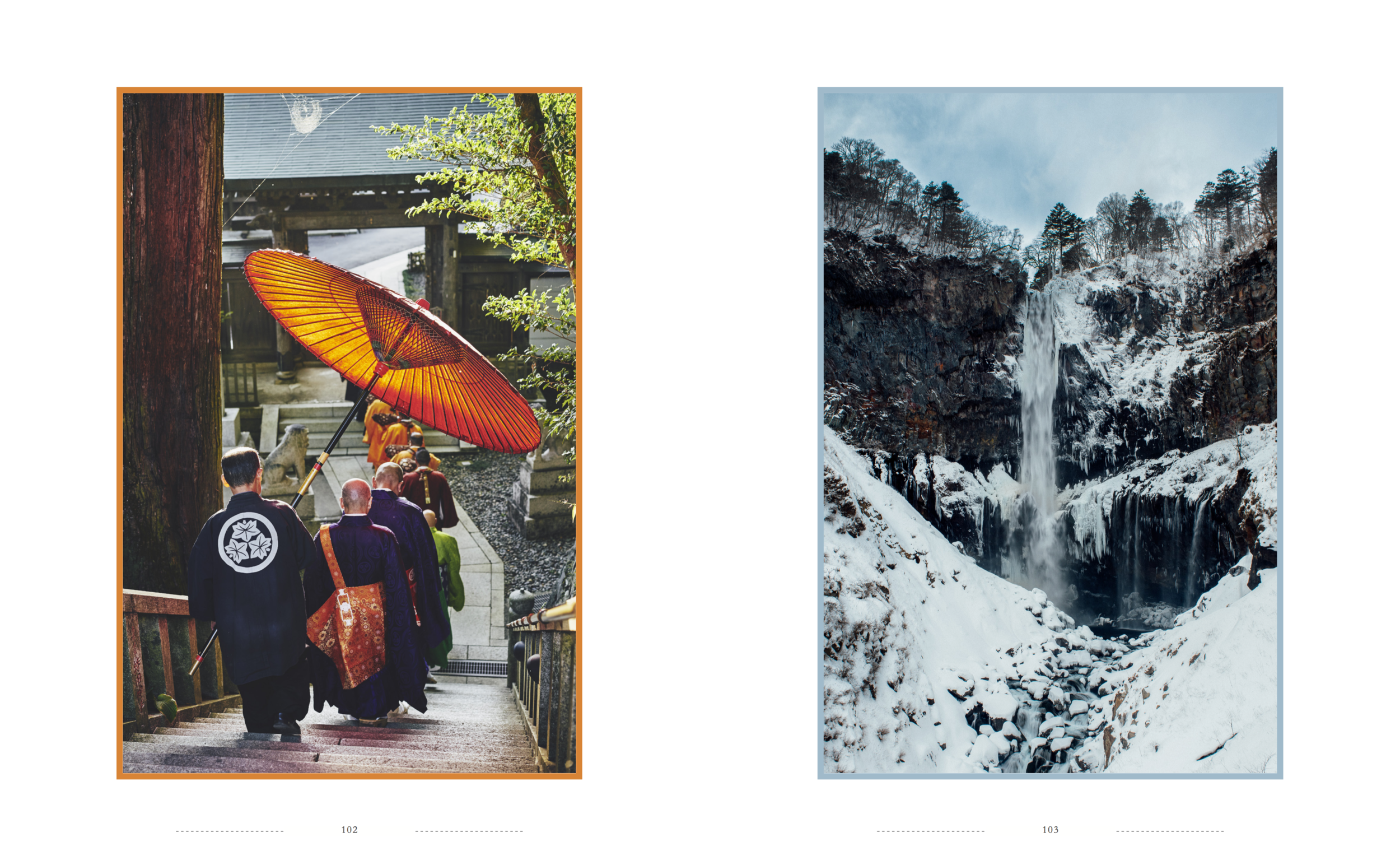






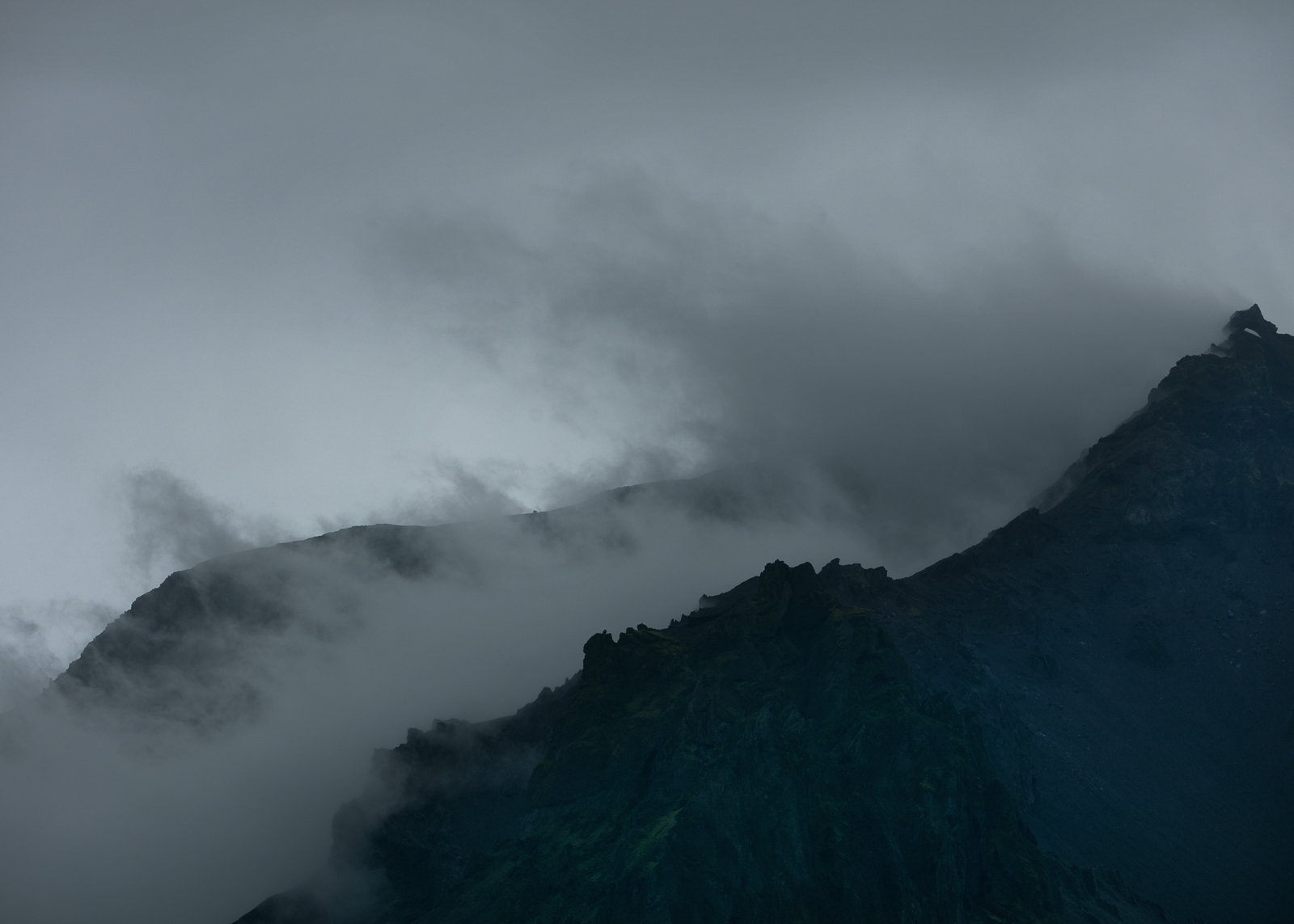



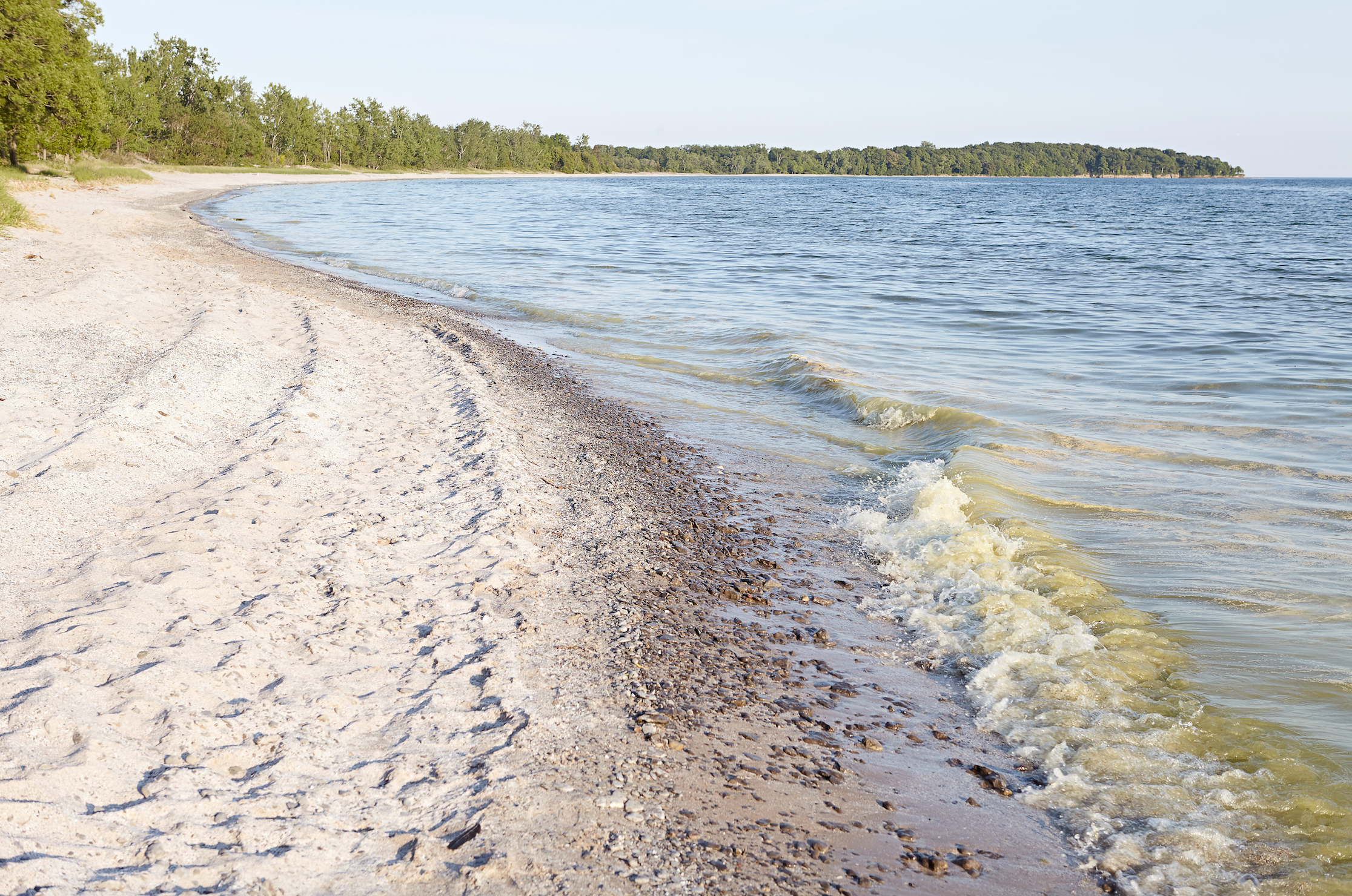





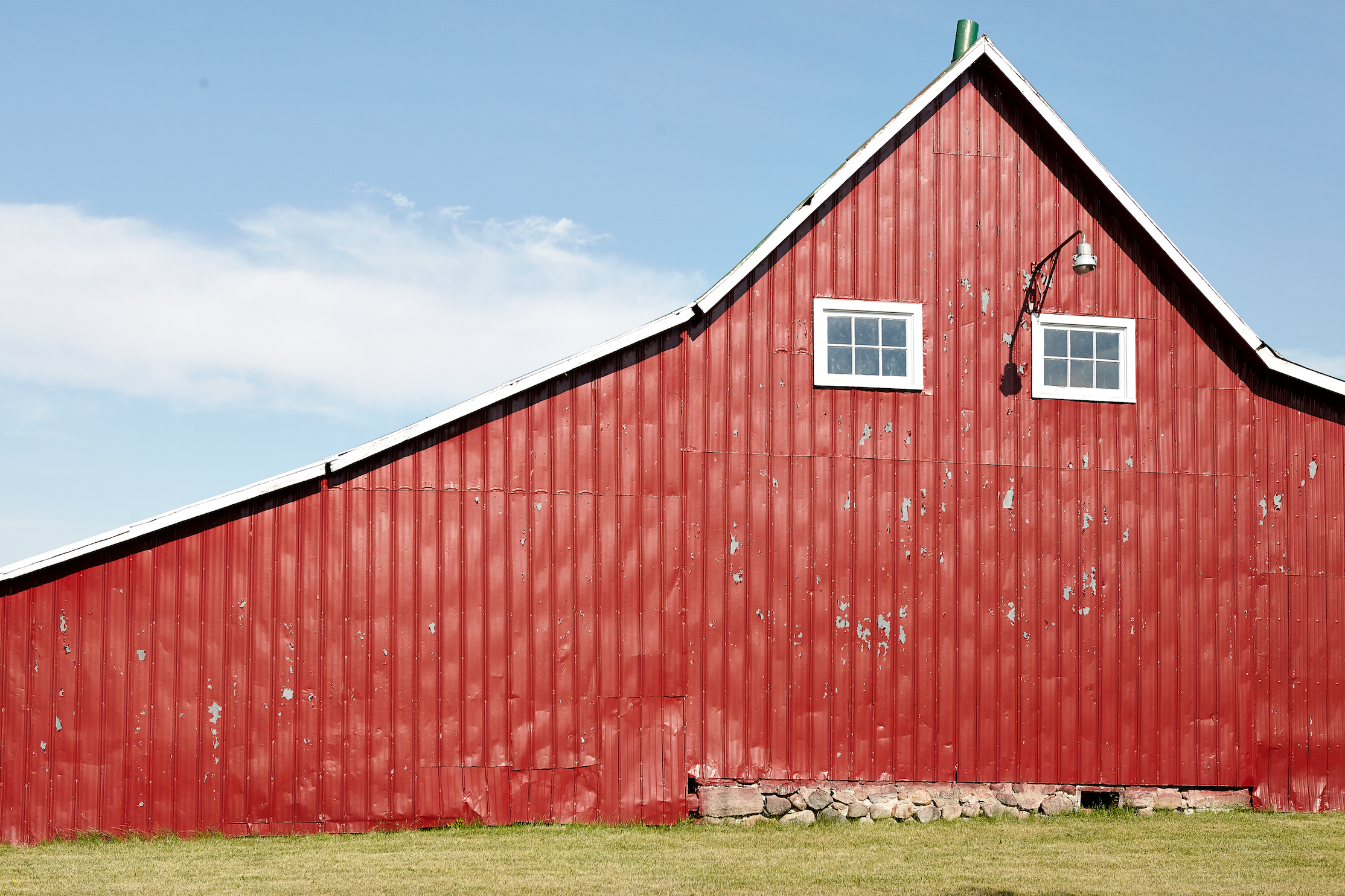





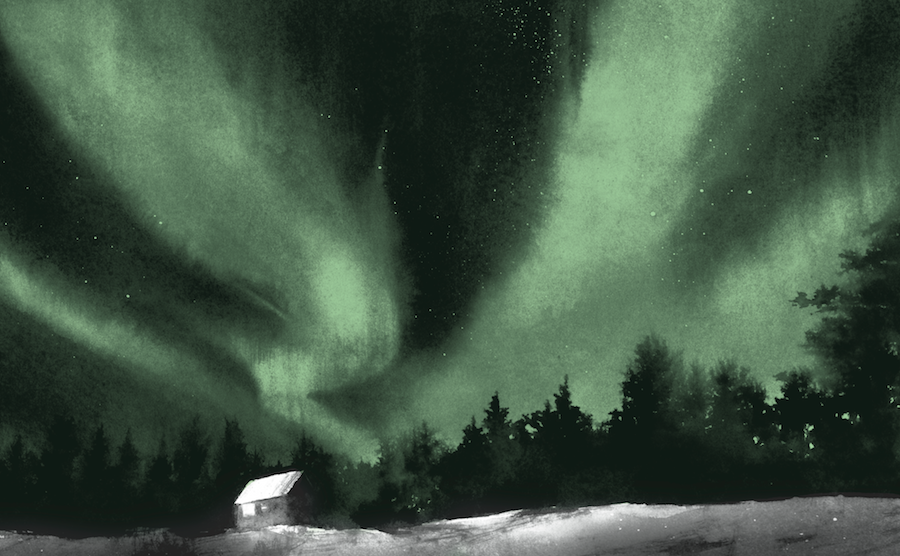





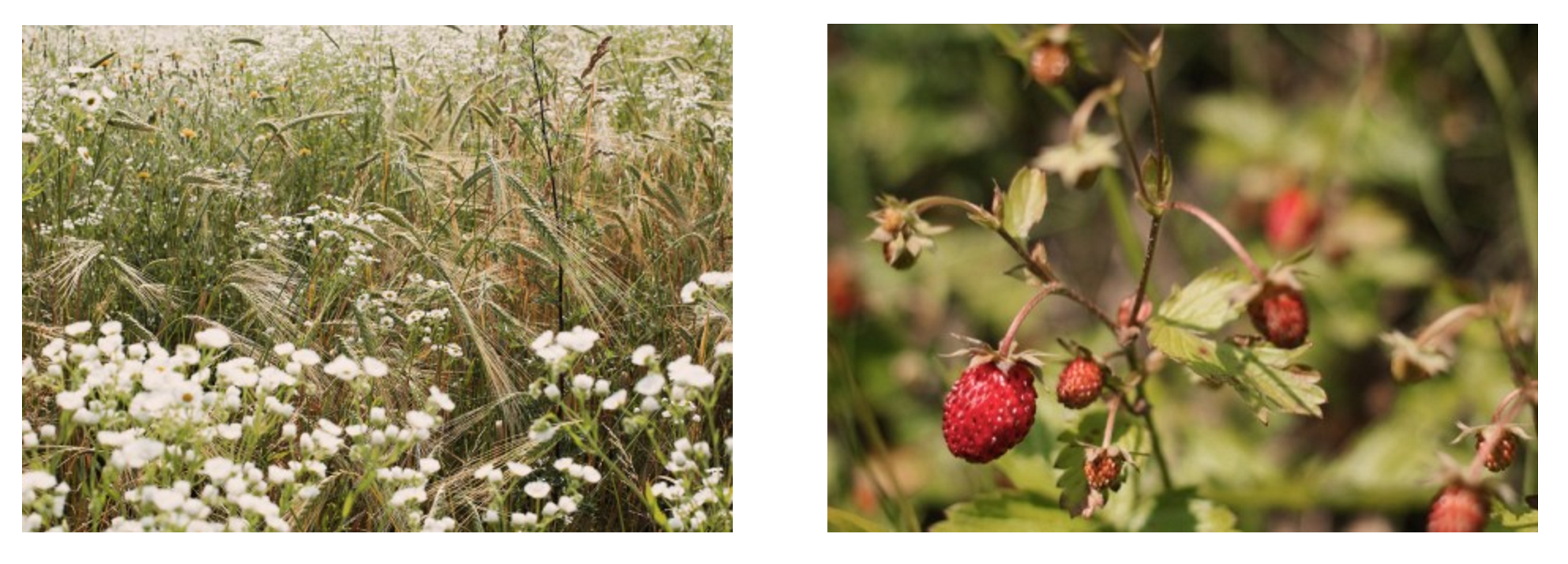
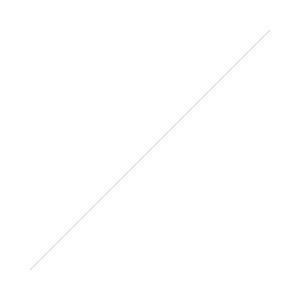

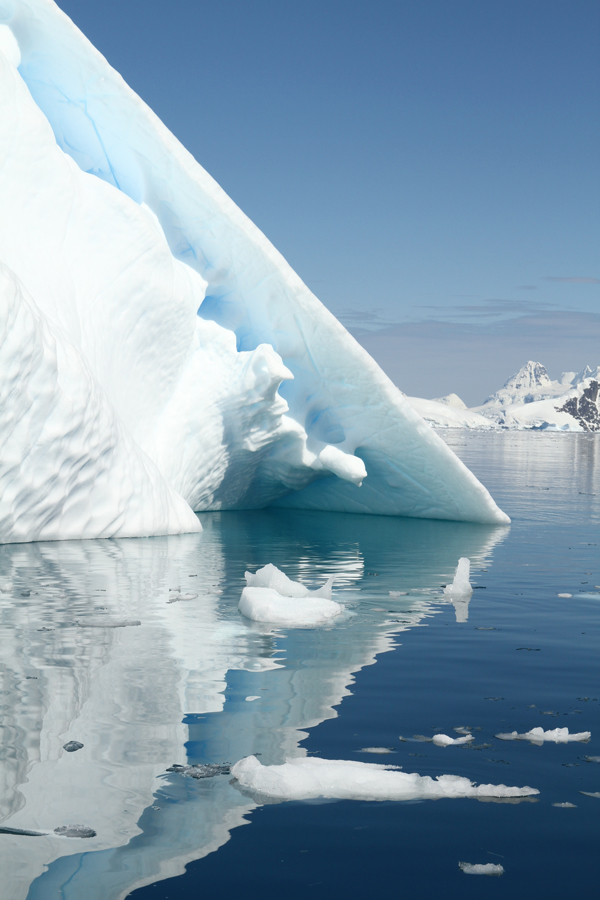



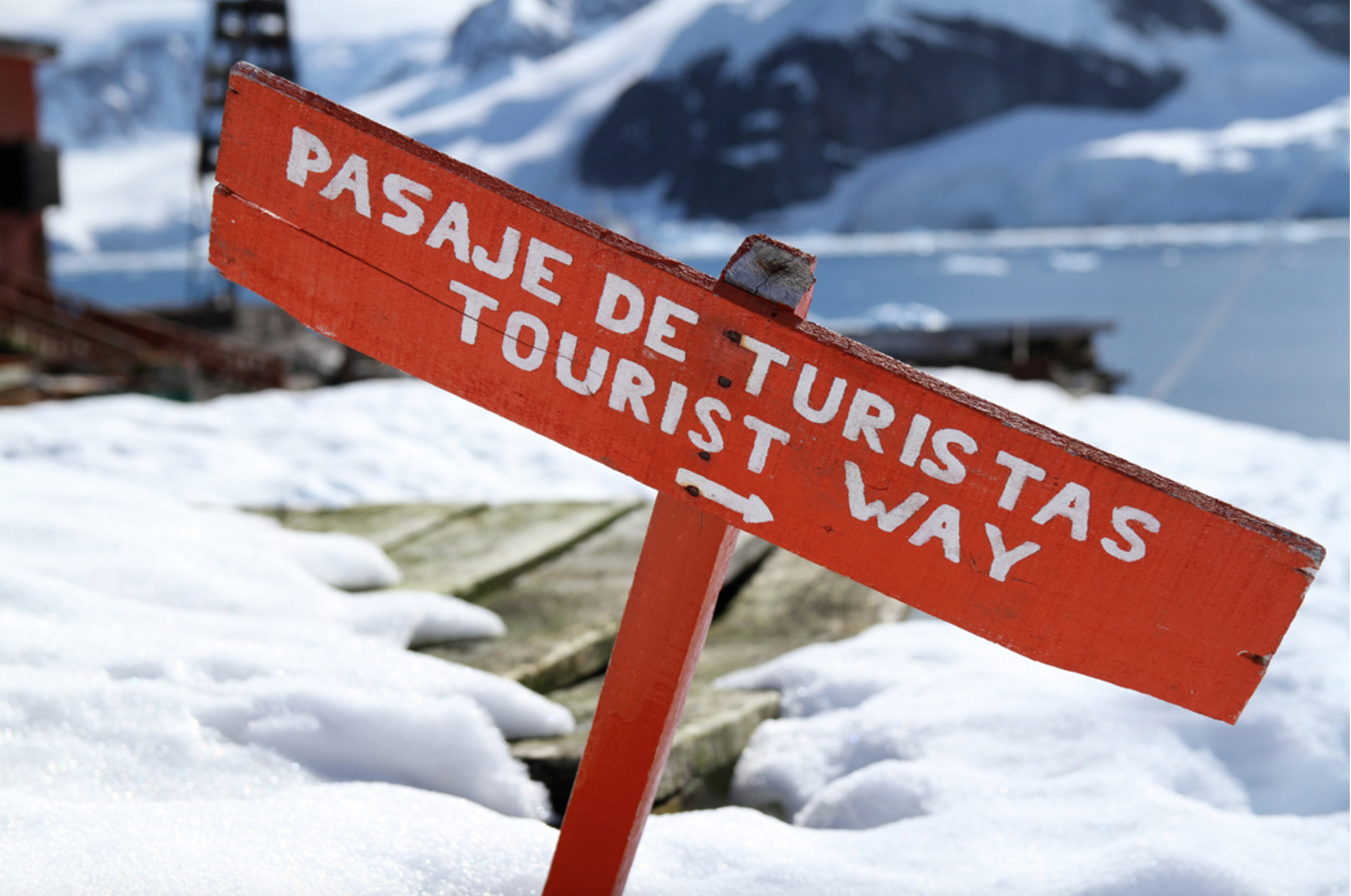







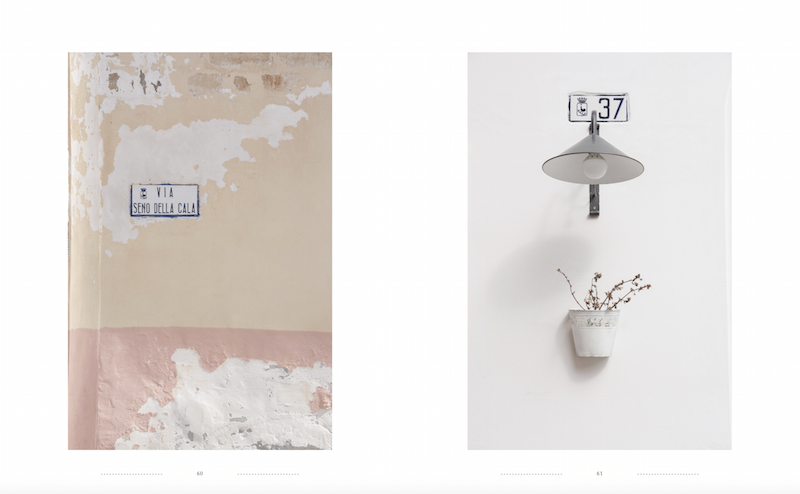
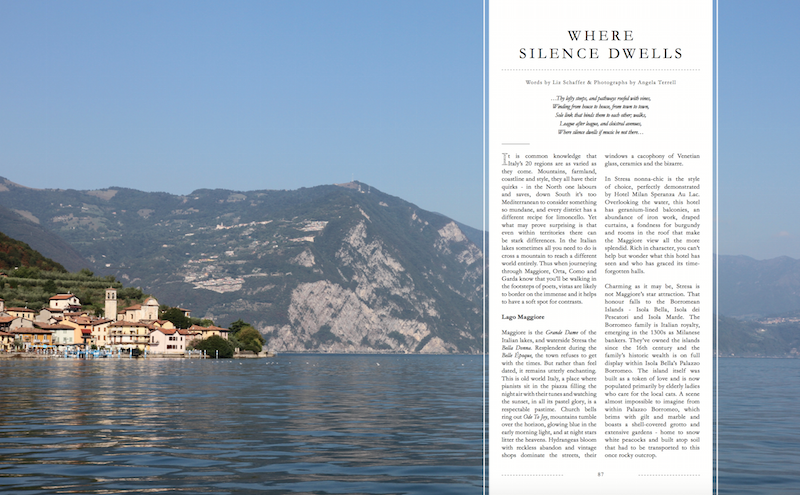
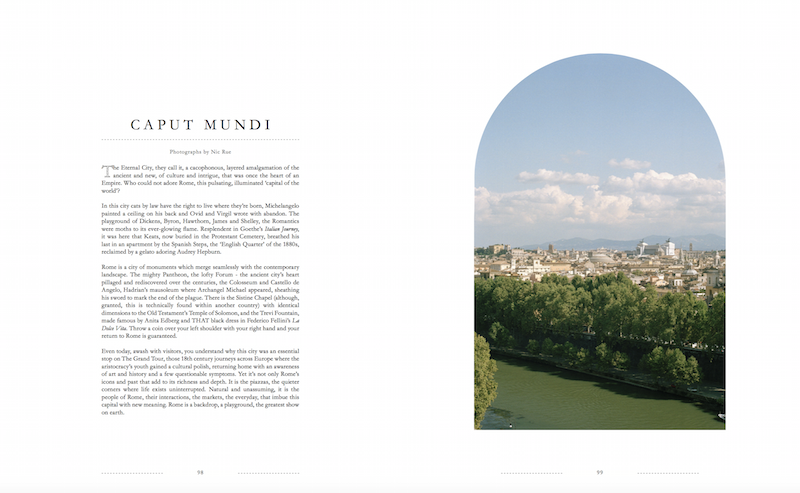


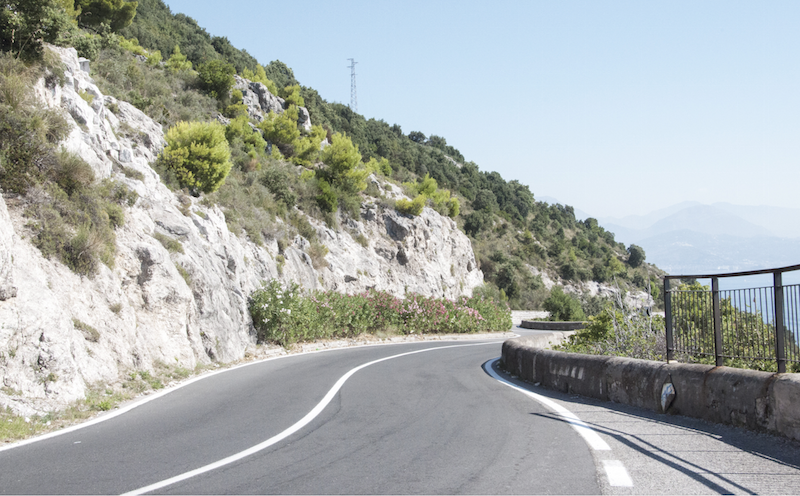
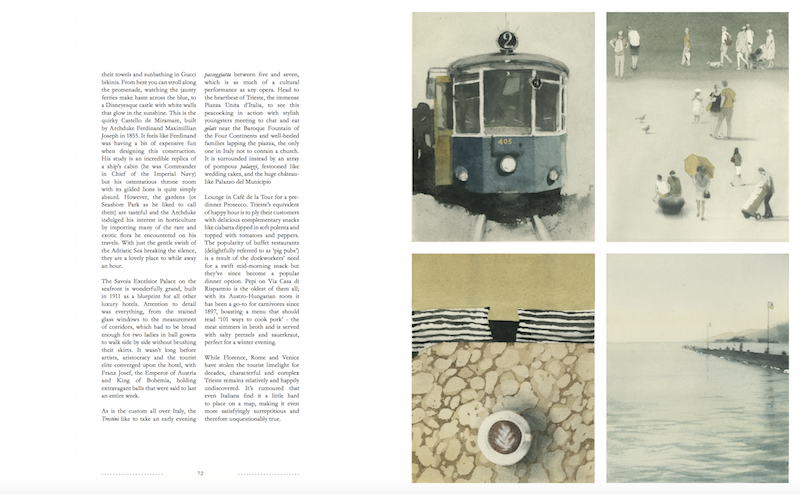
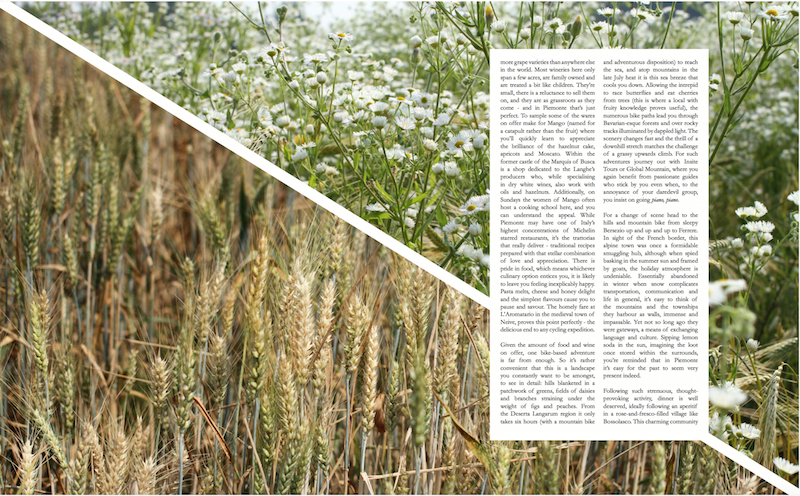
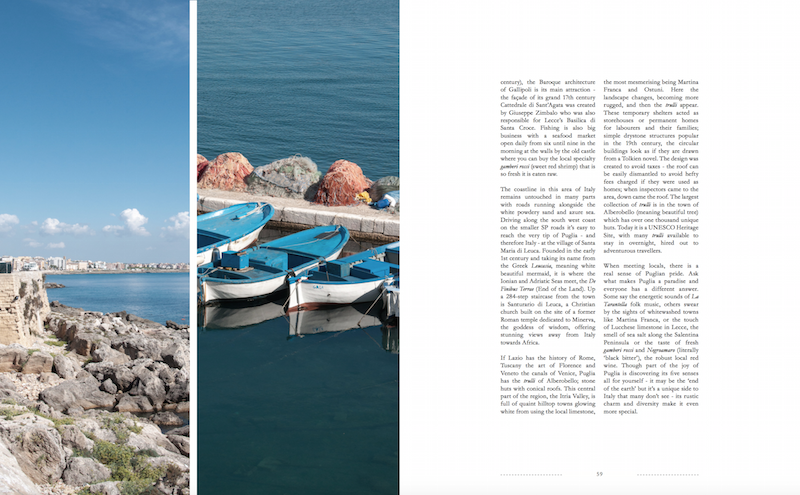








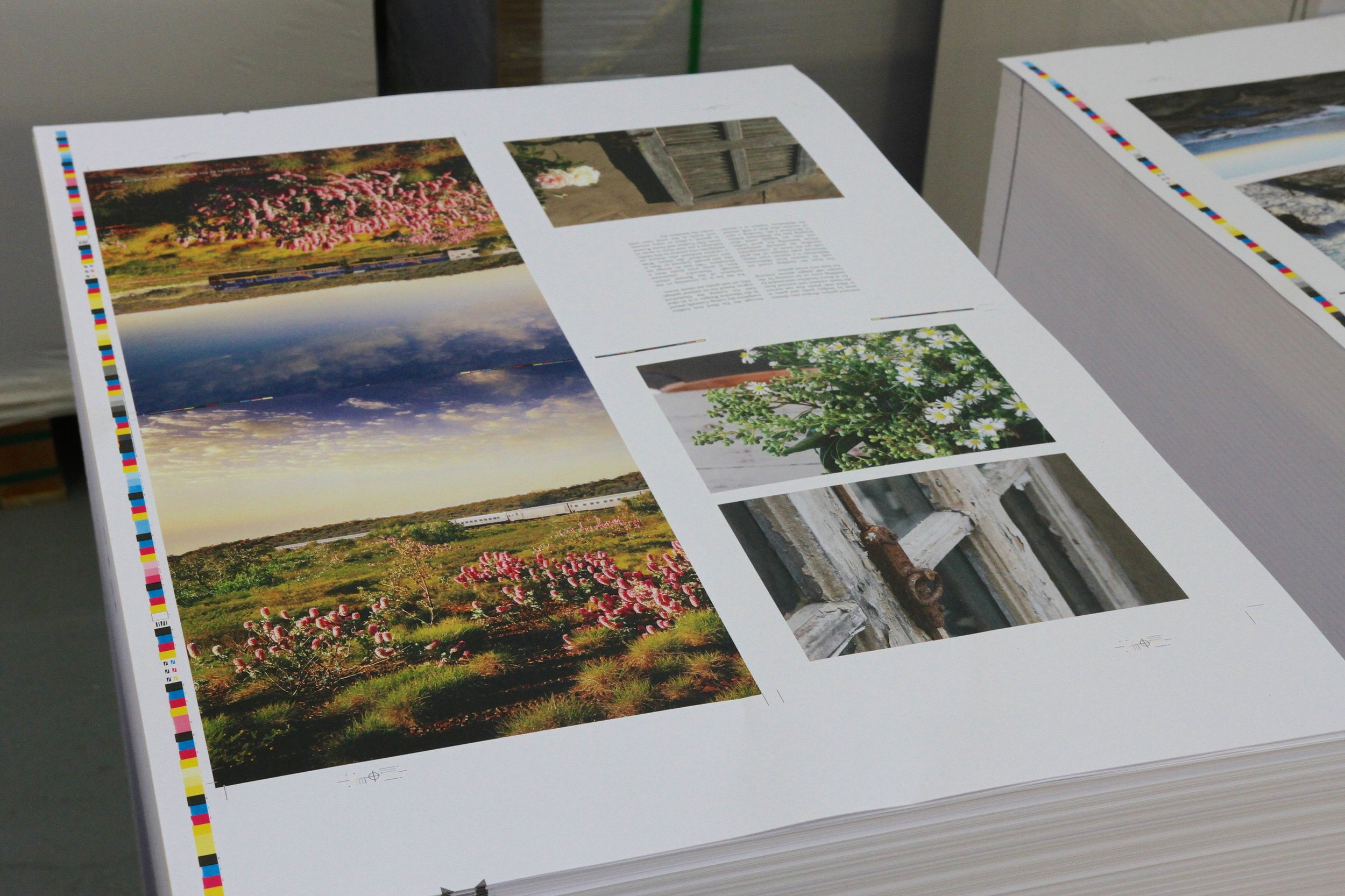


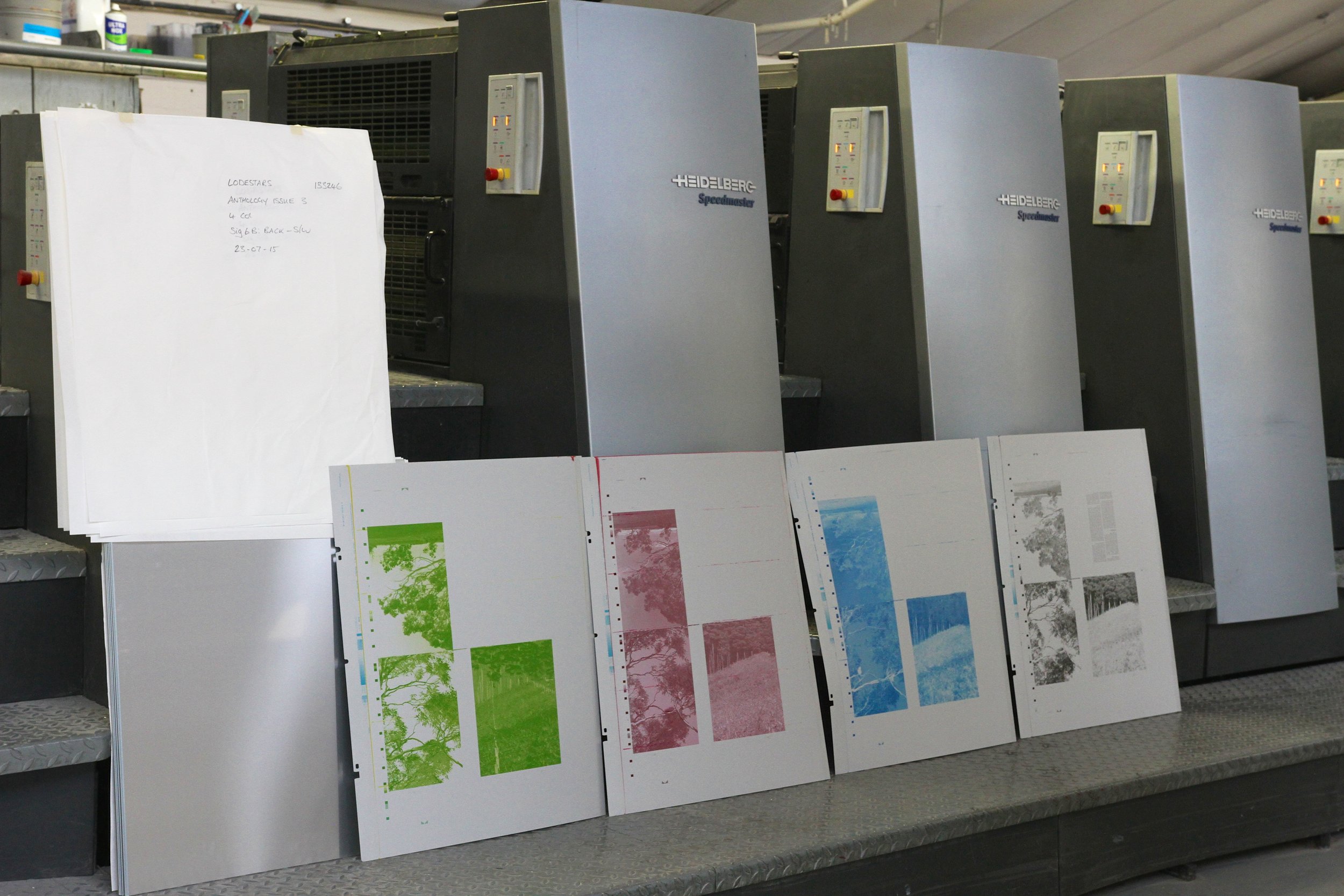

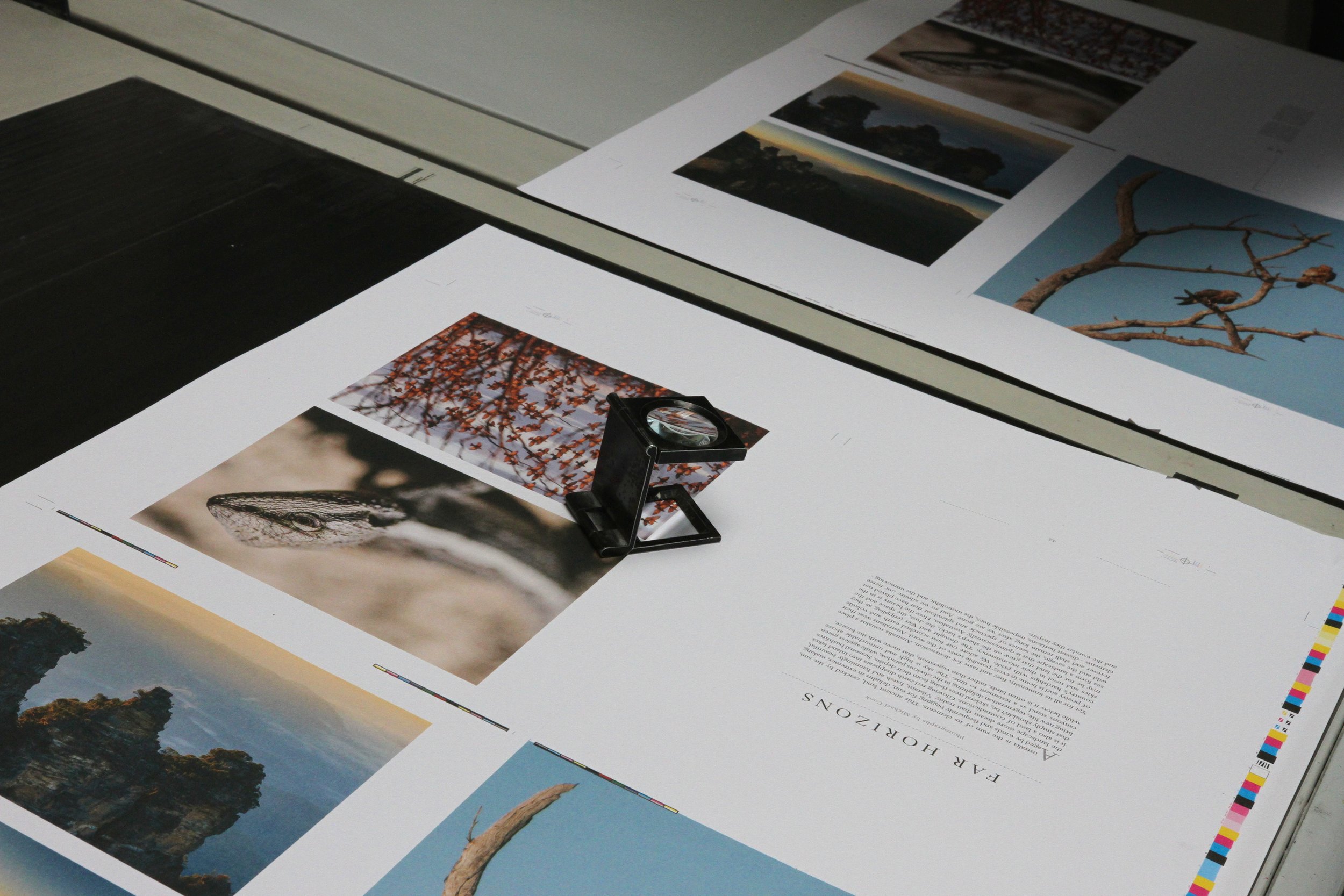




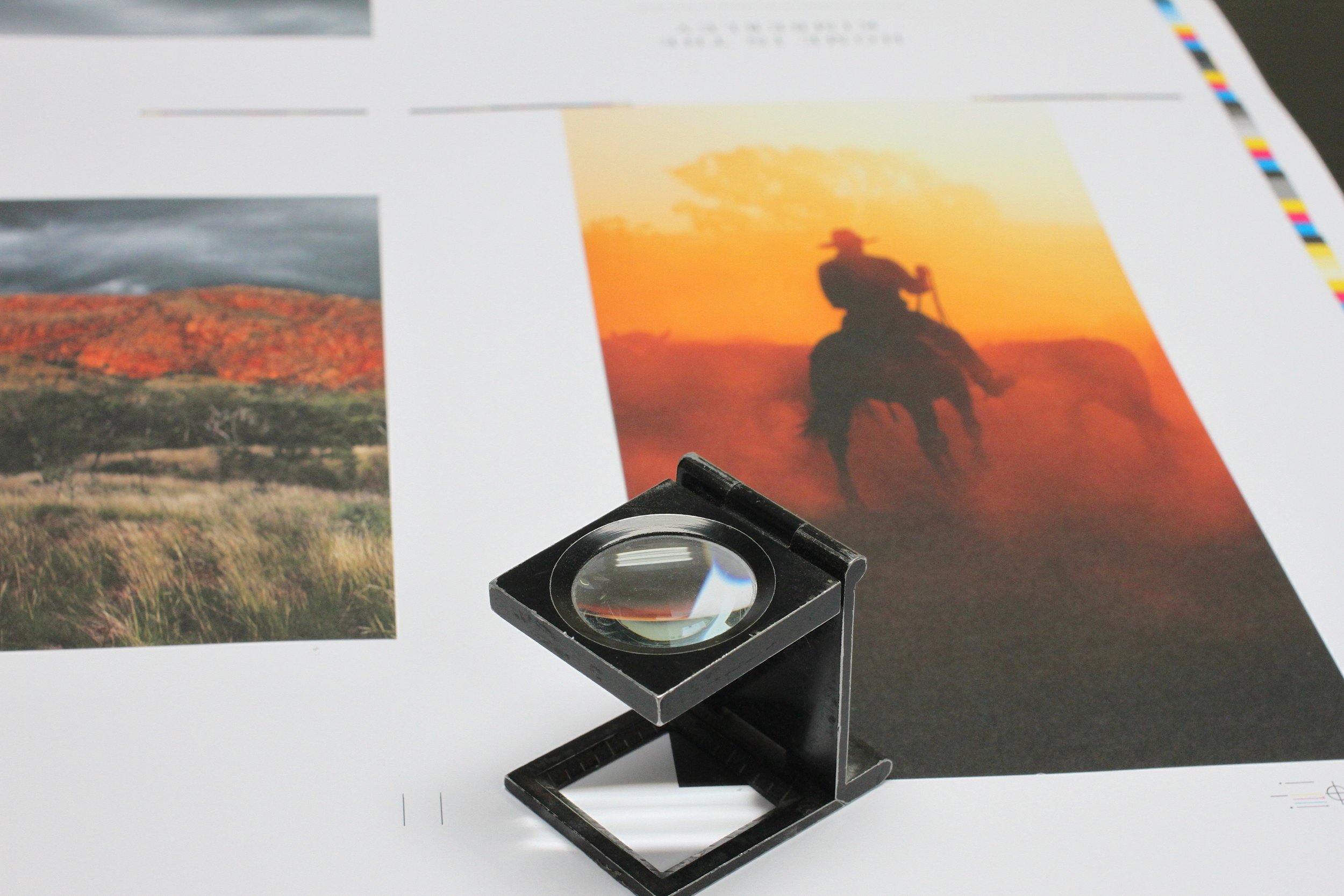





































































































































Our interview with Thomas Harrison - the Lodestars Anthology designer.